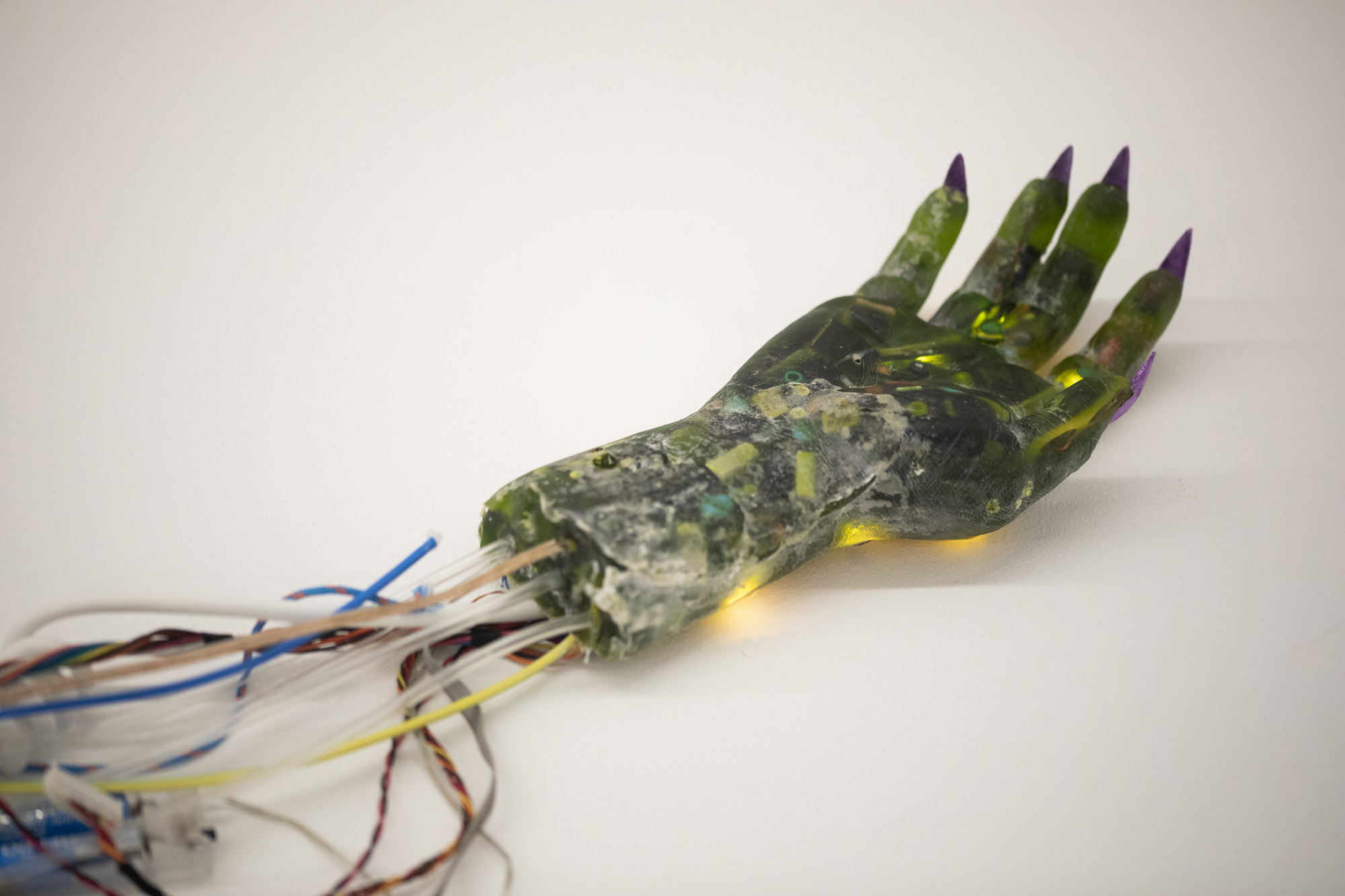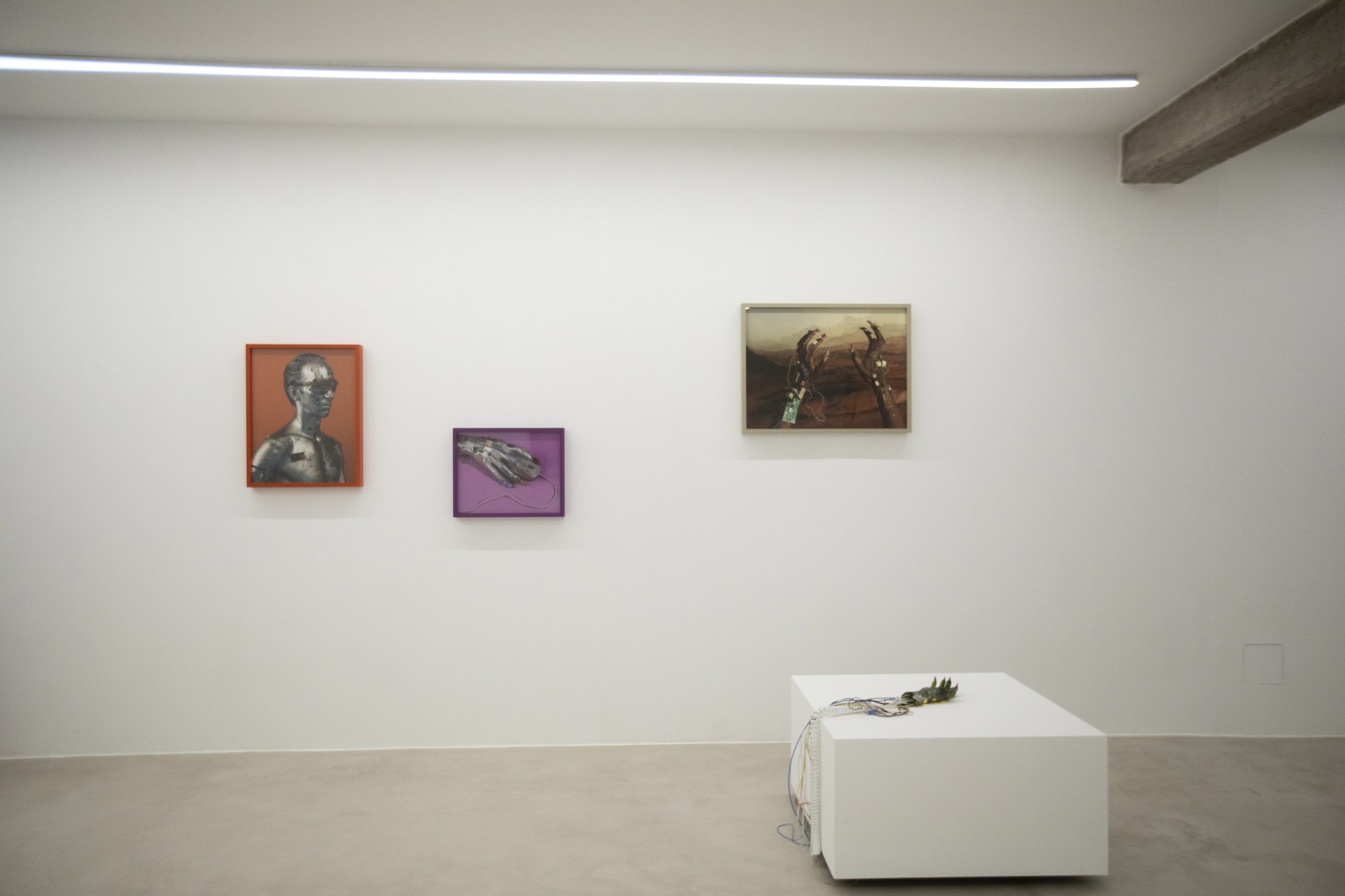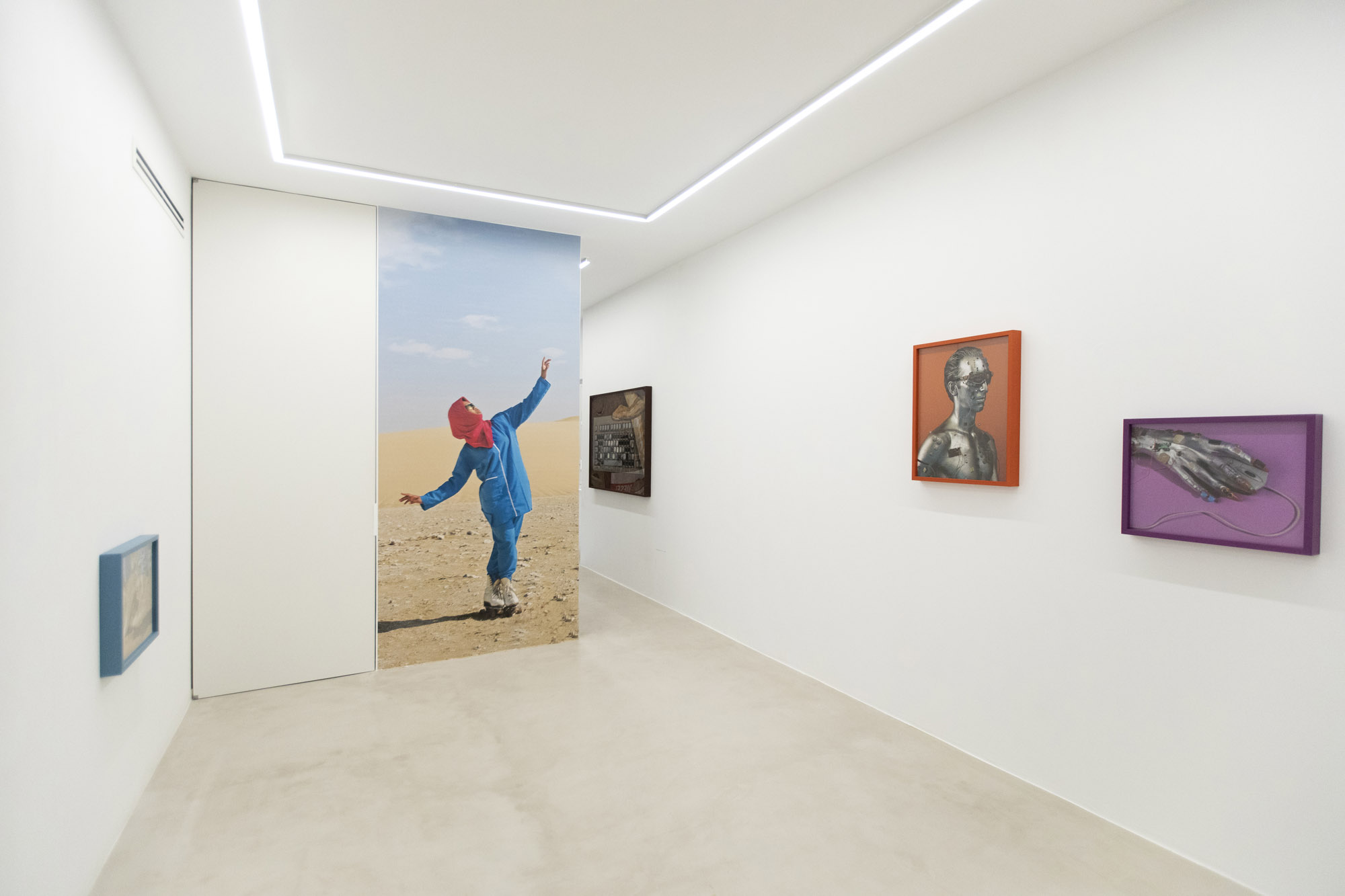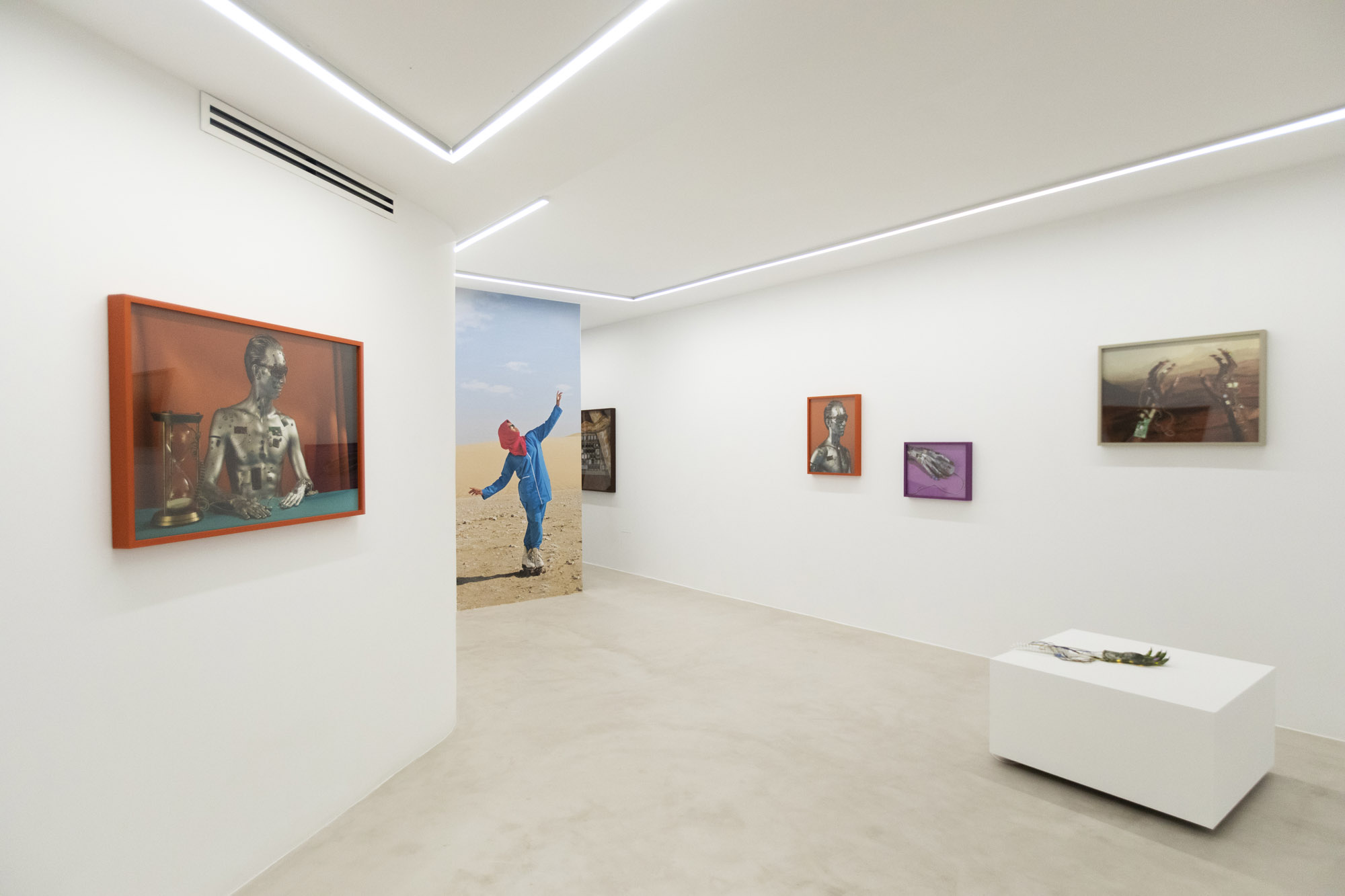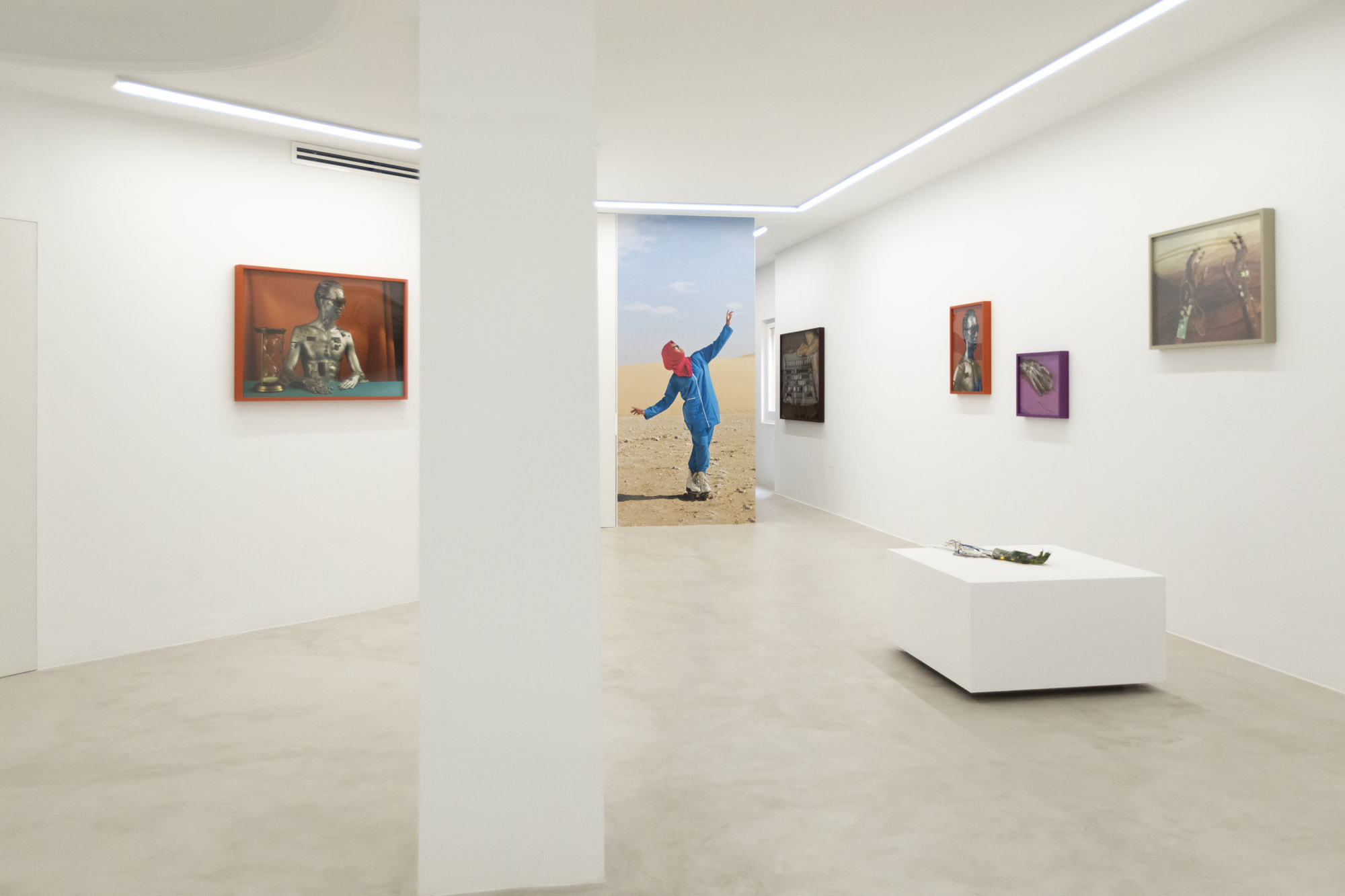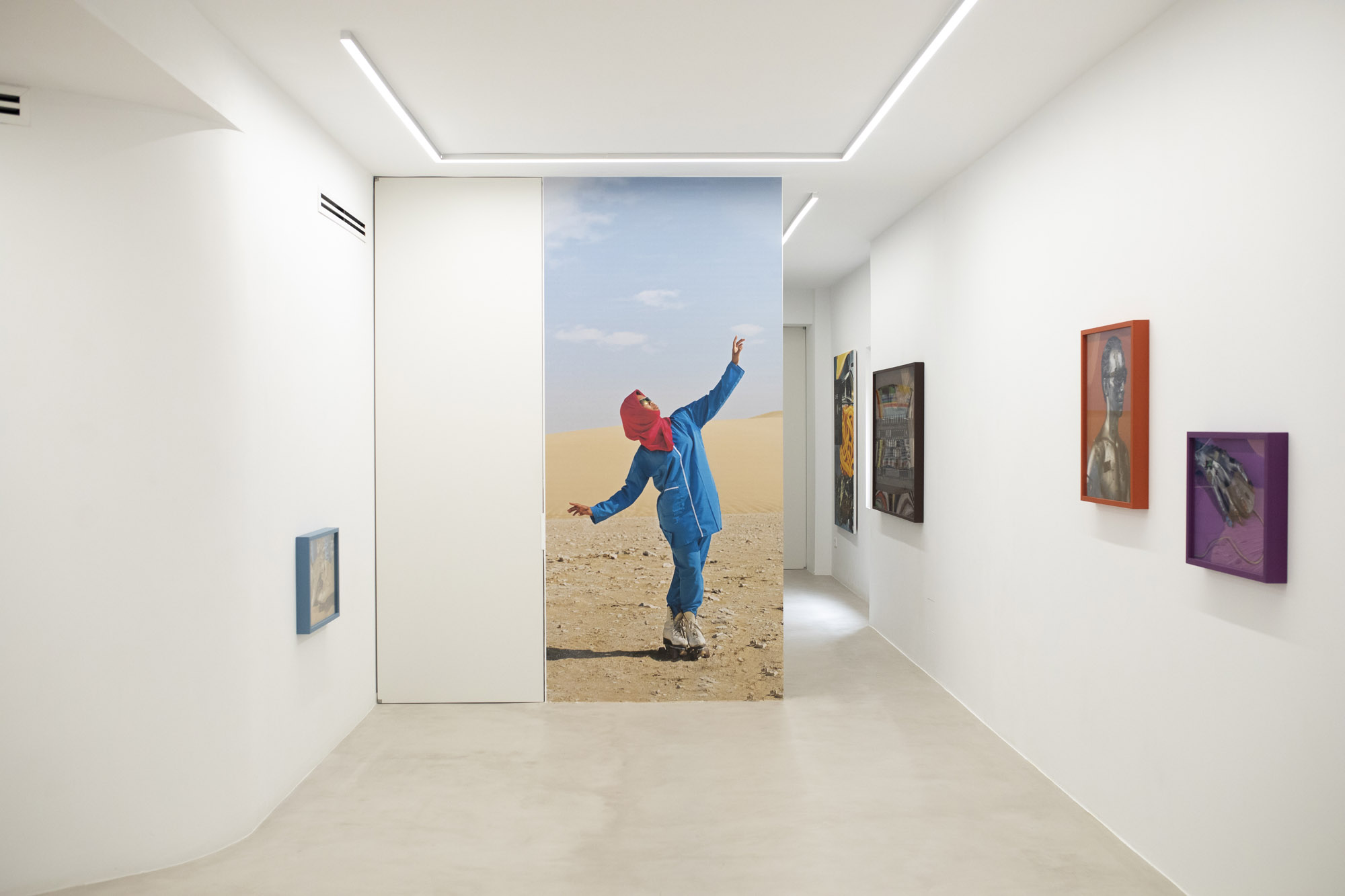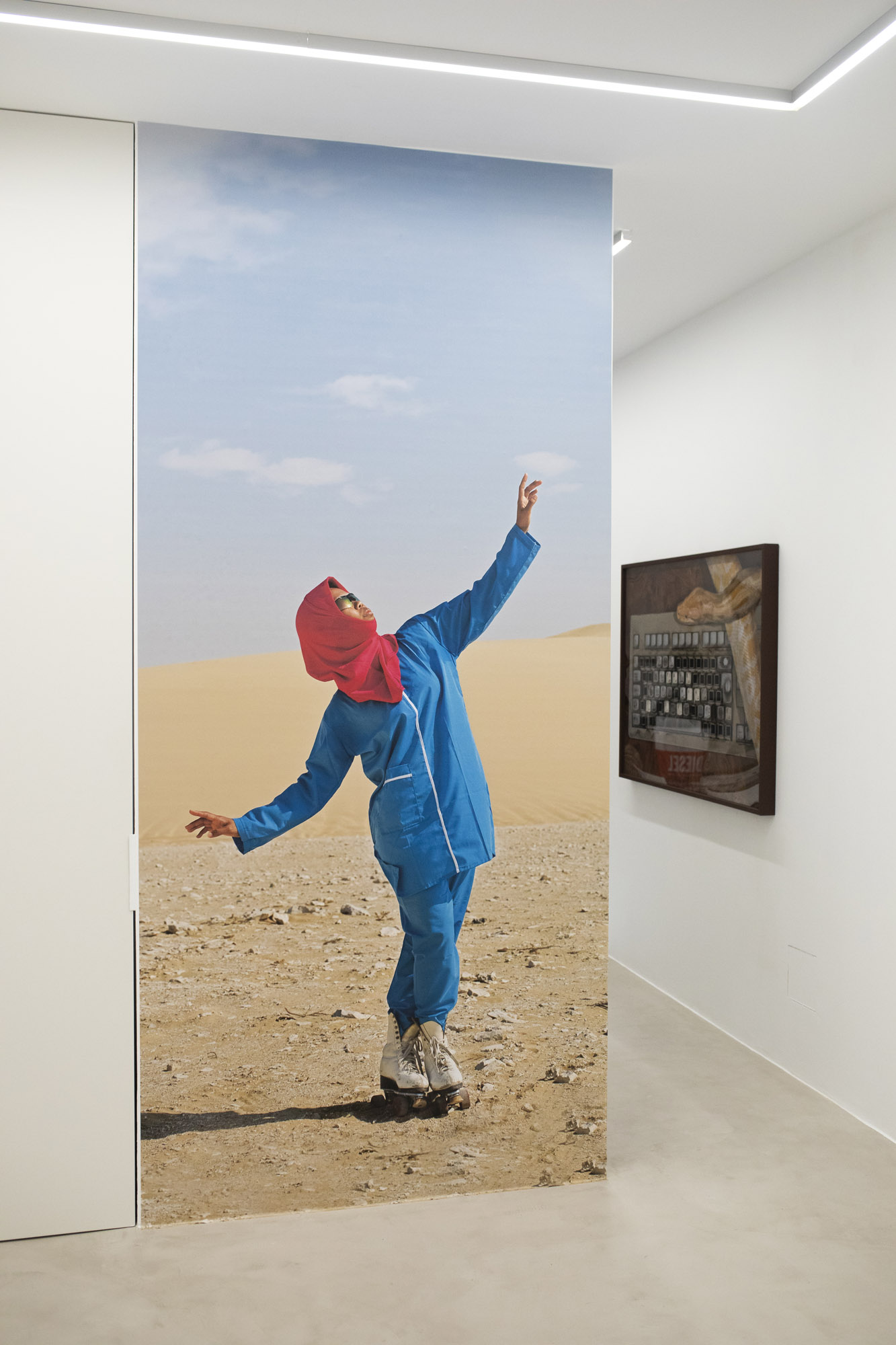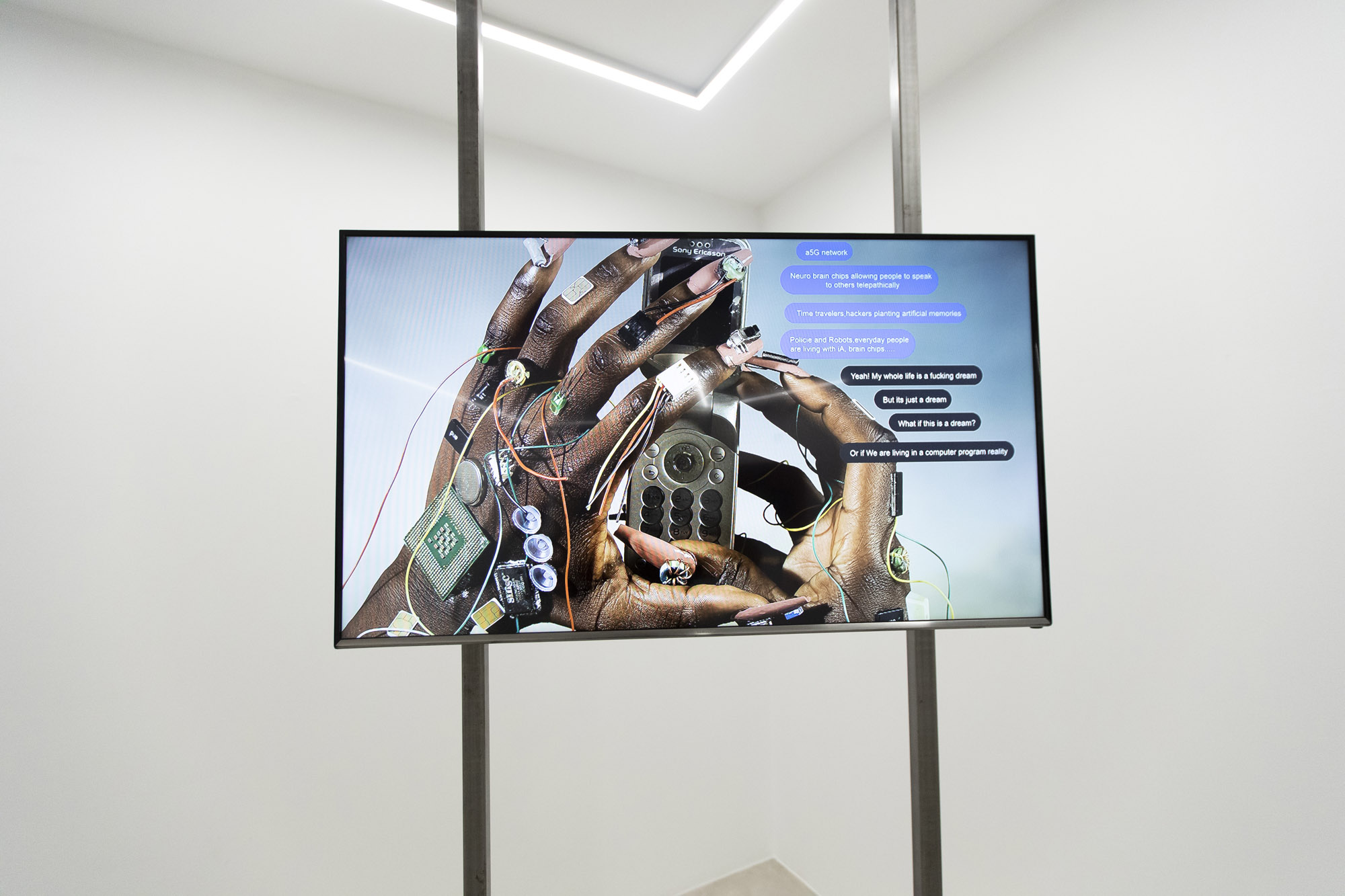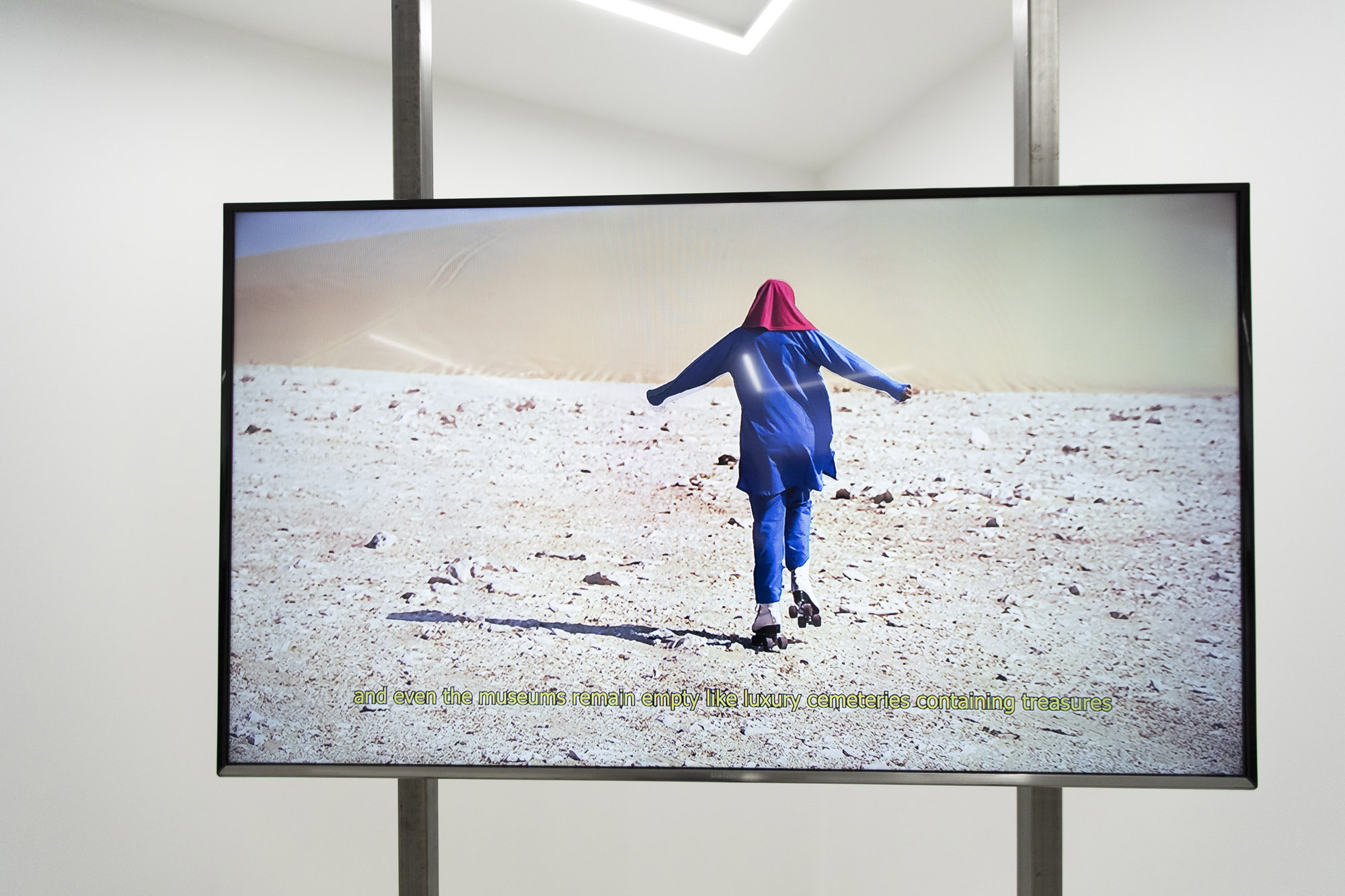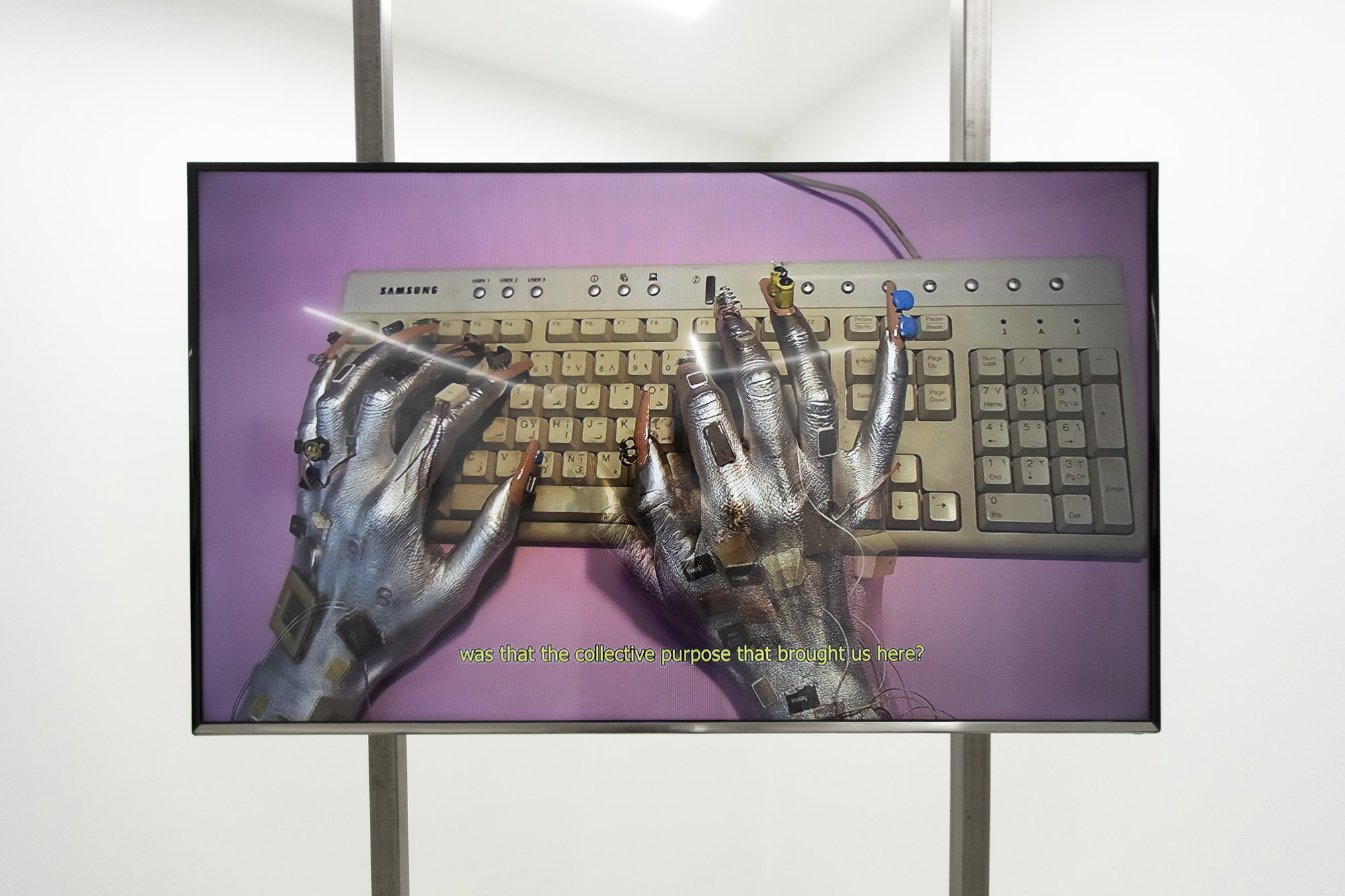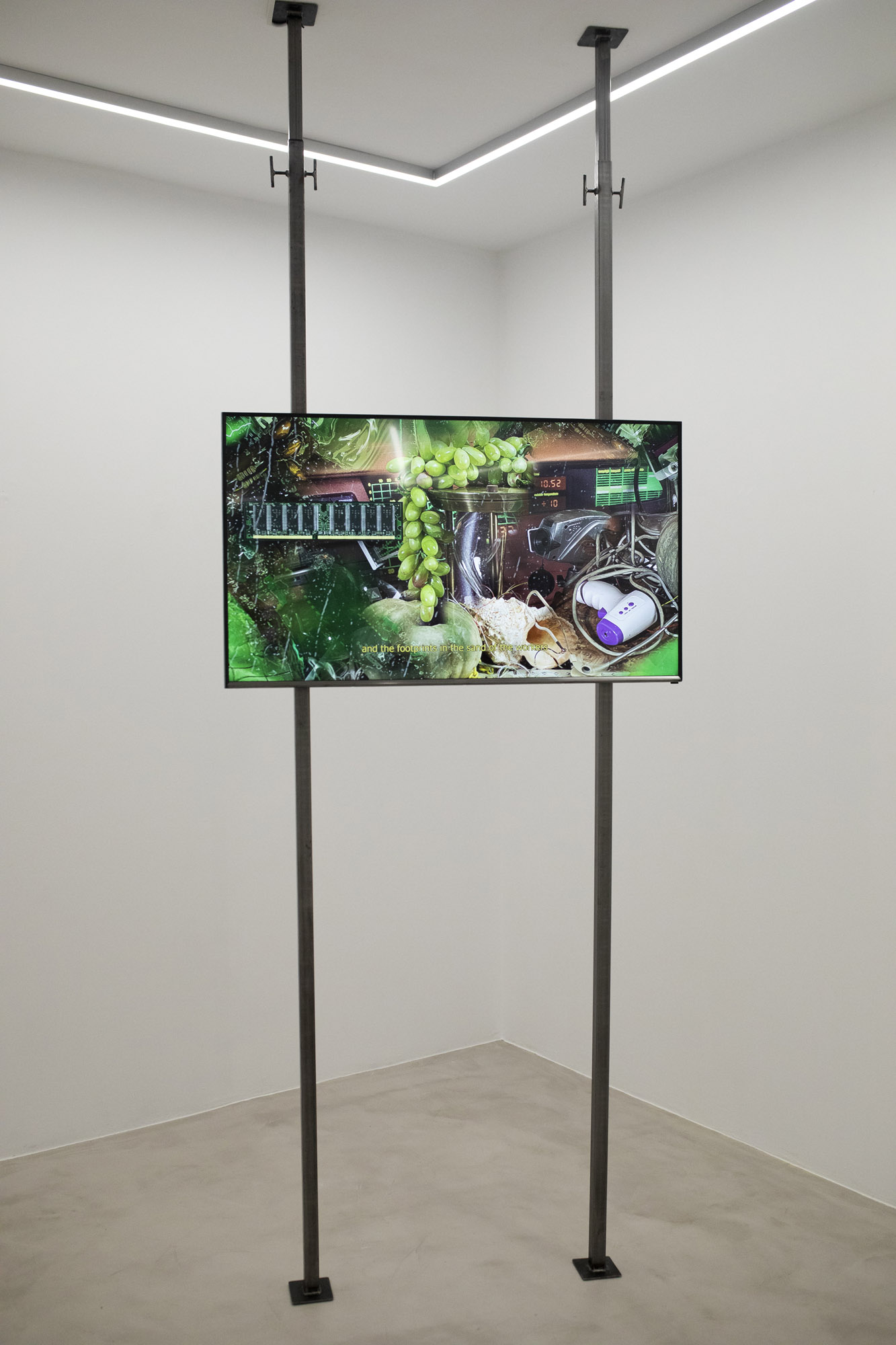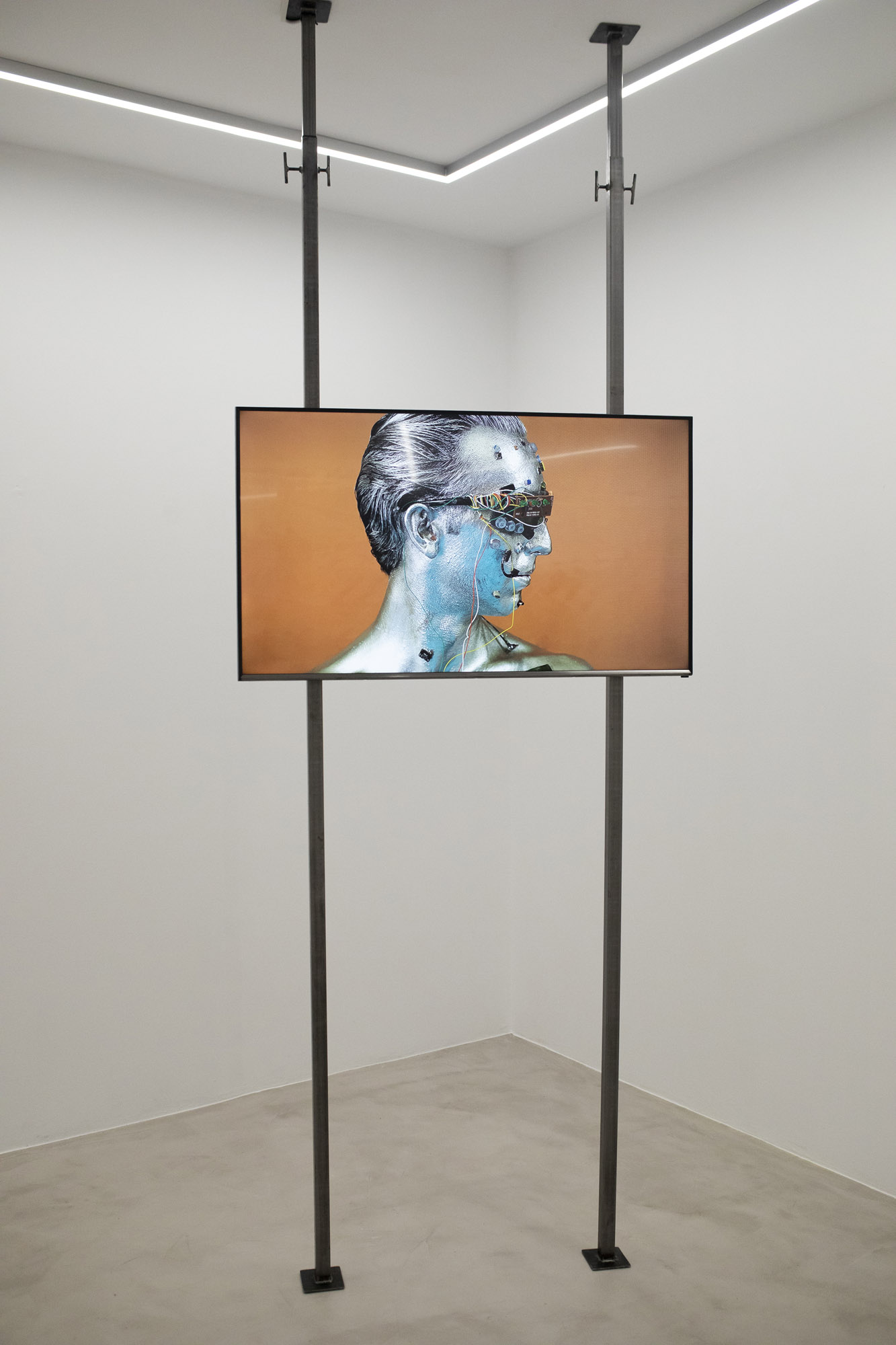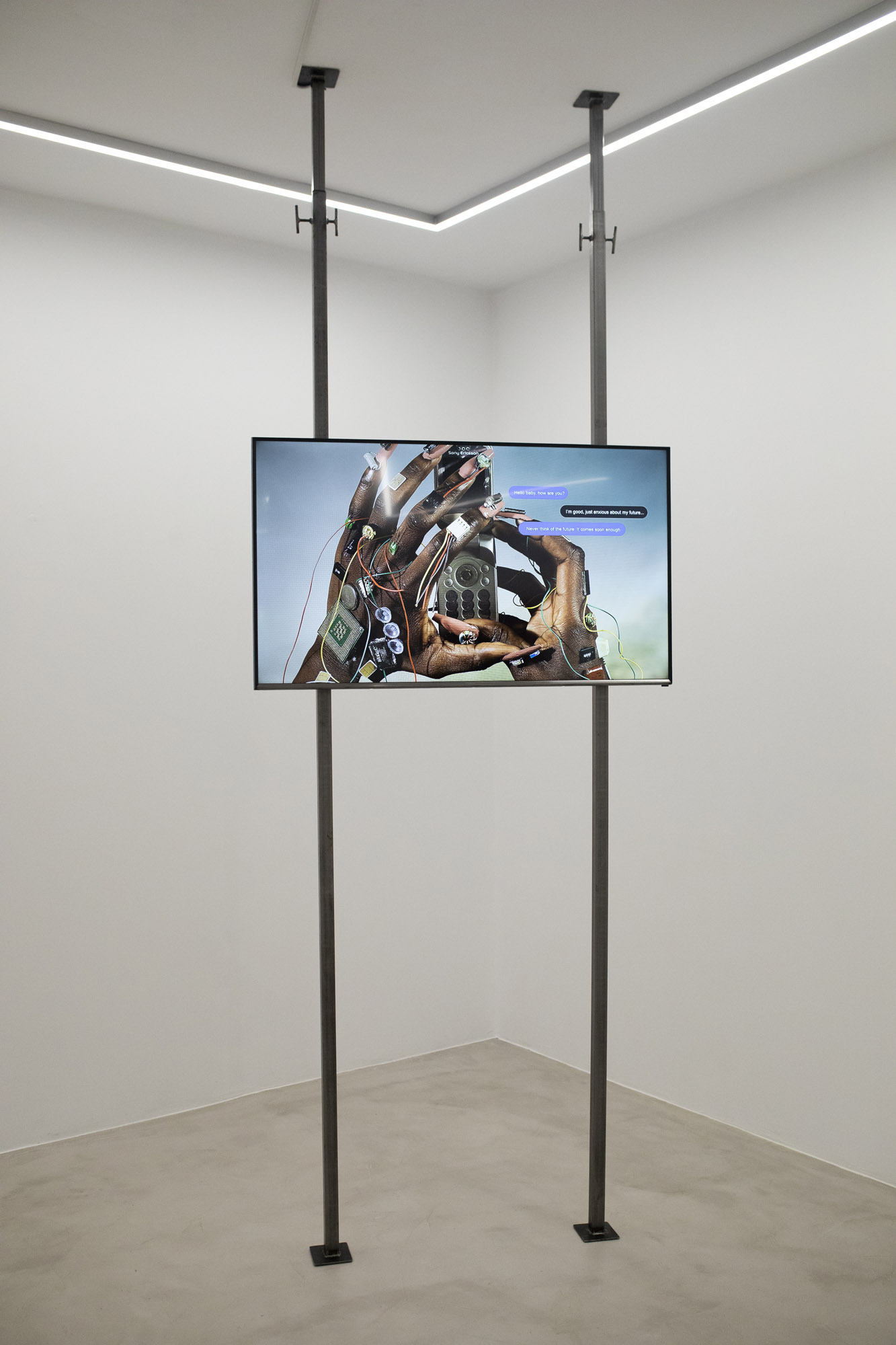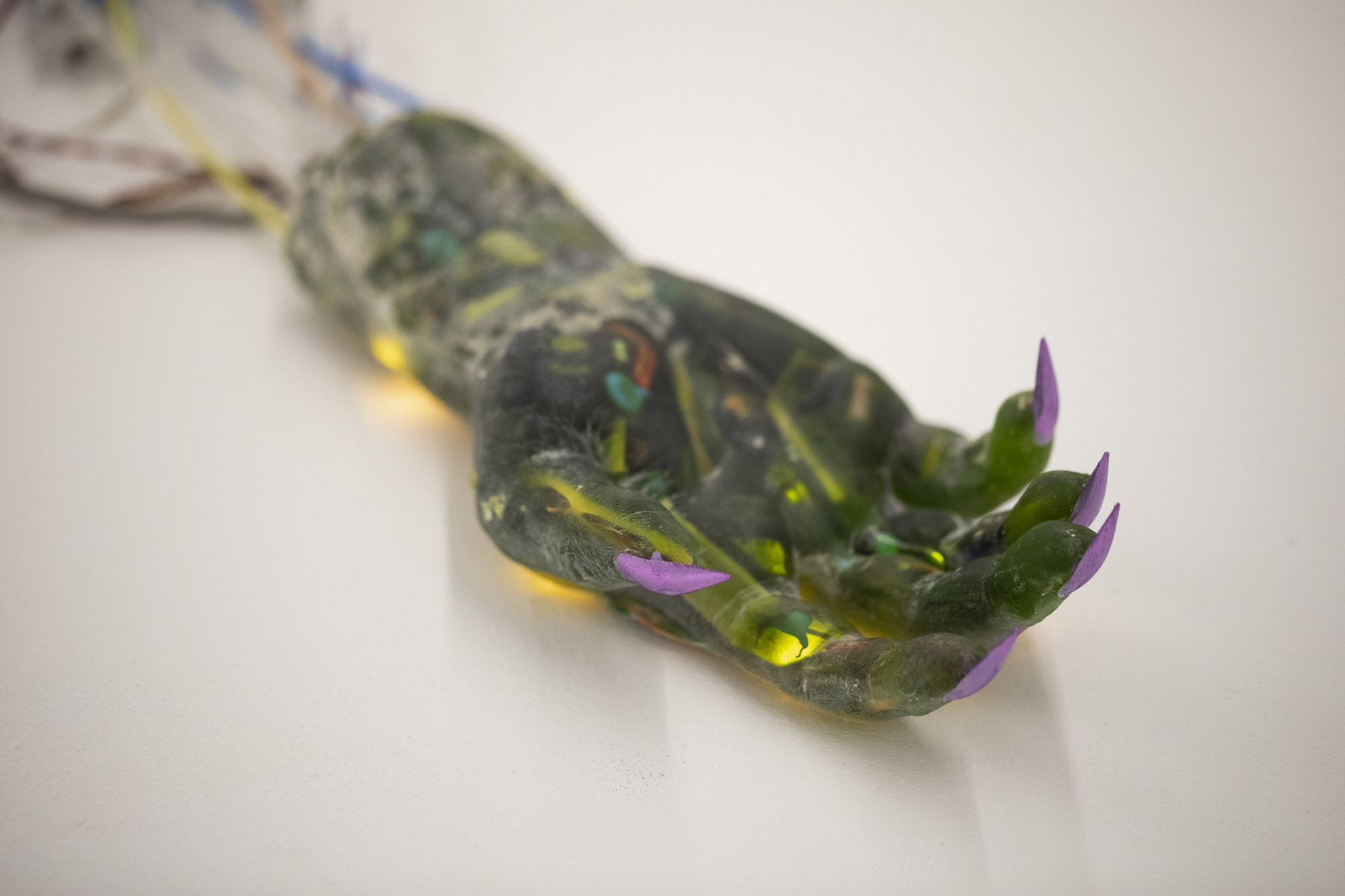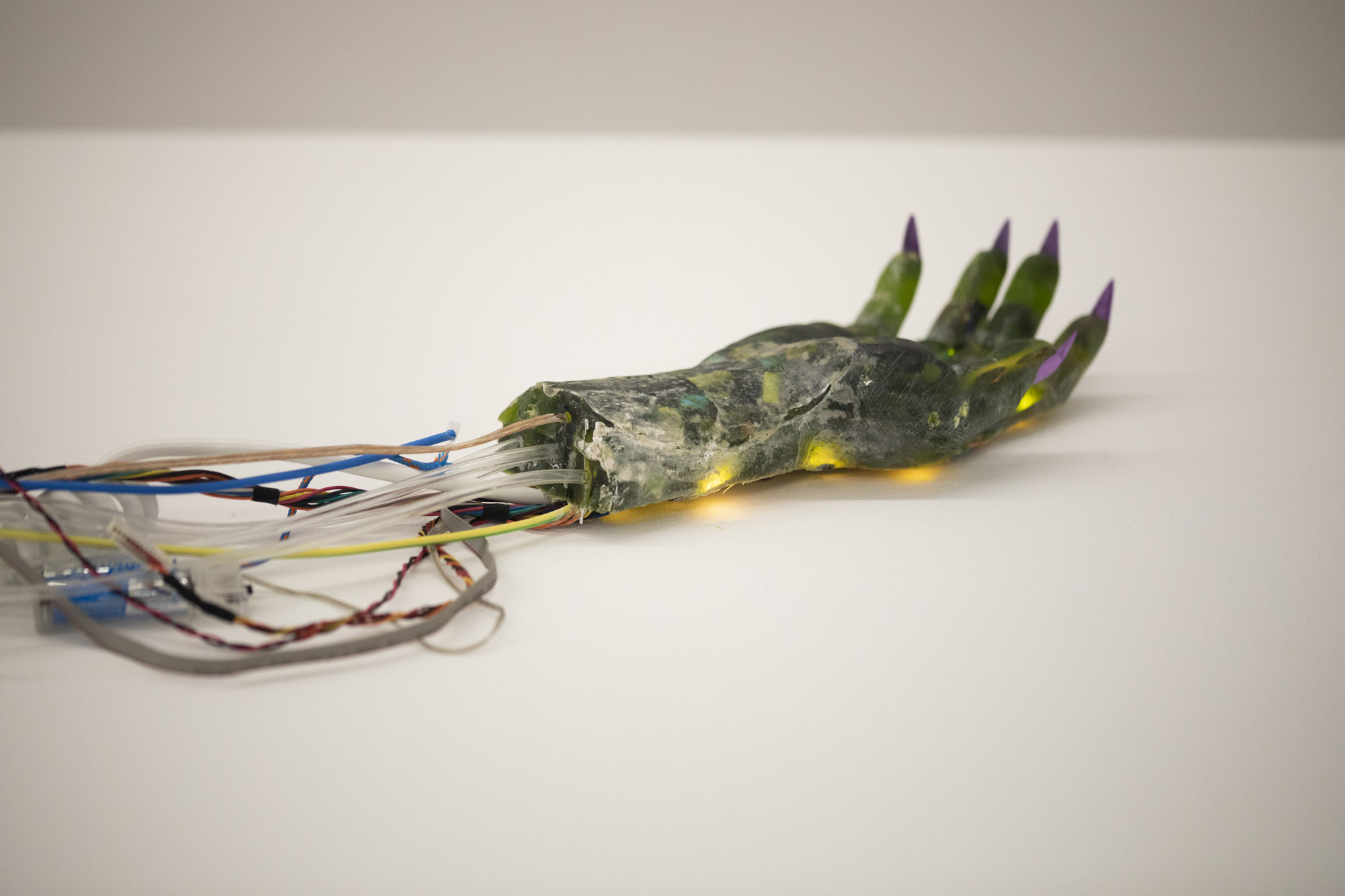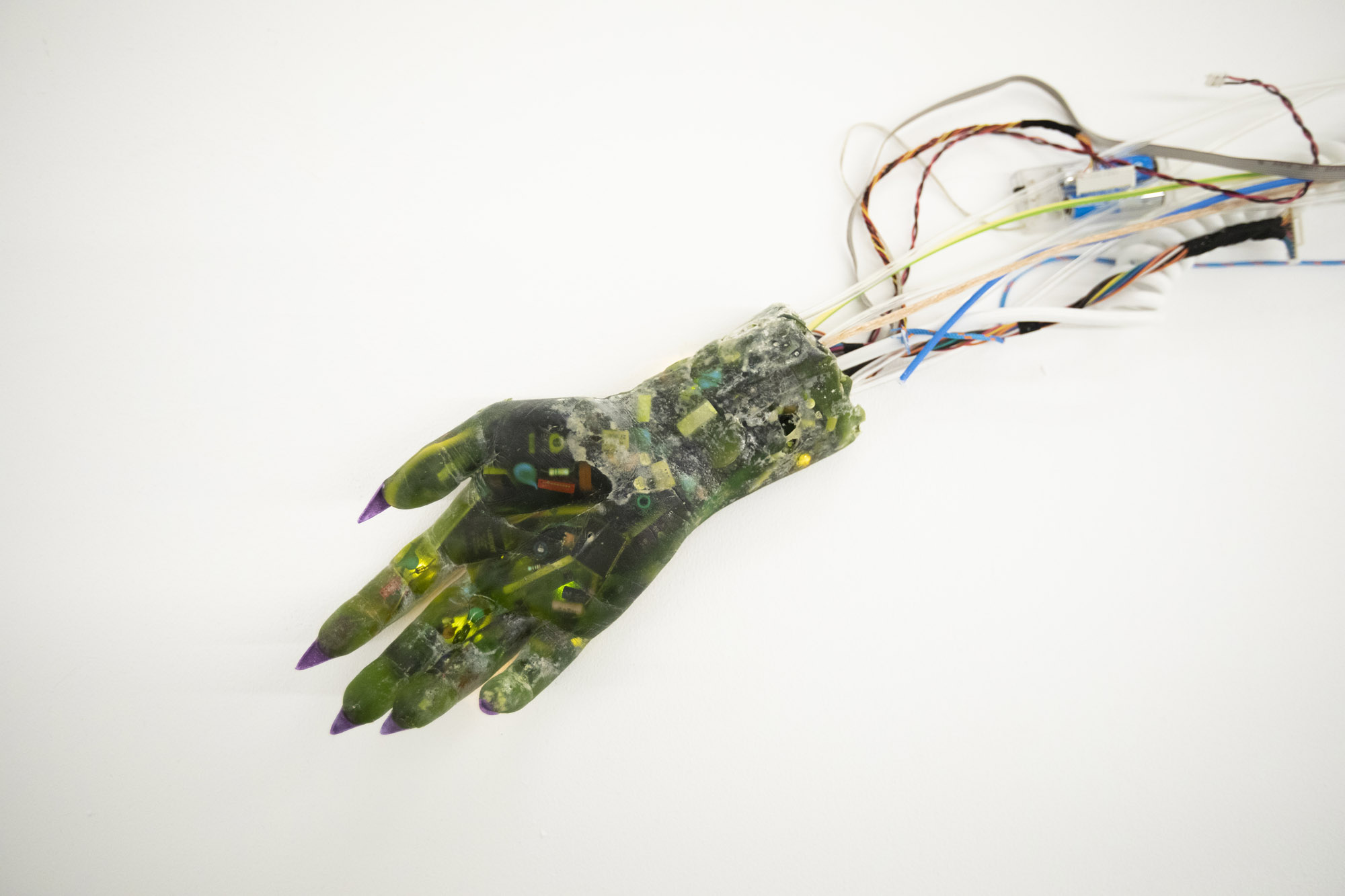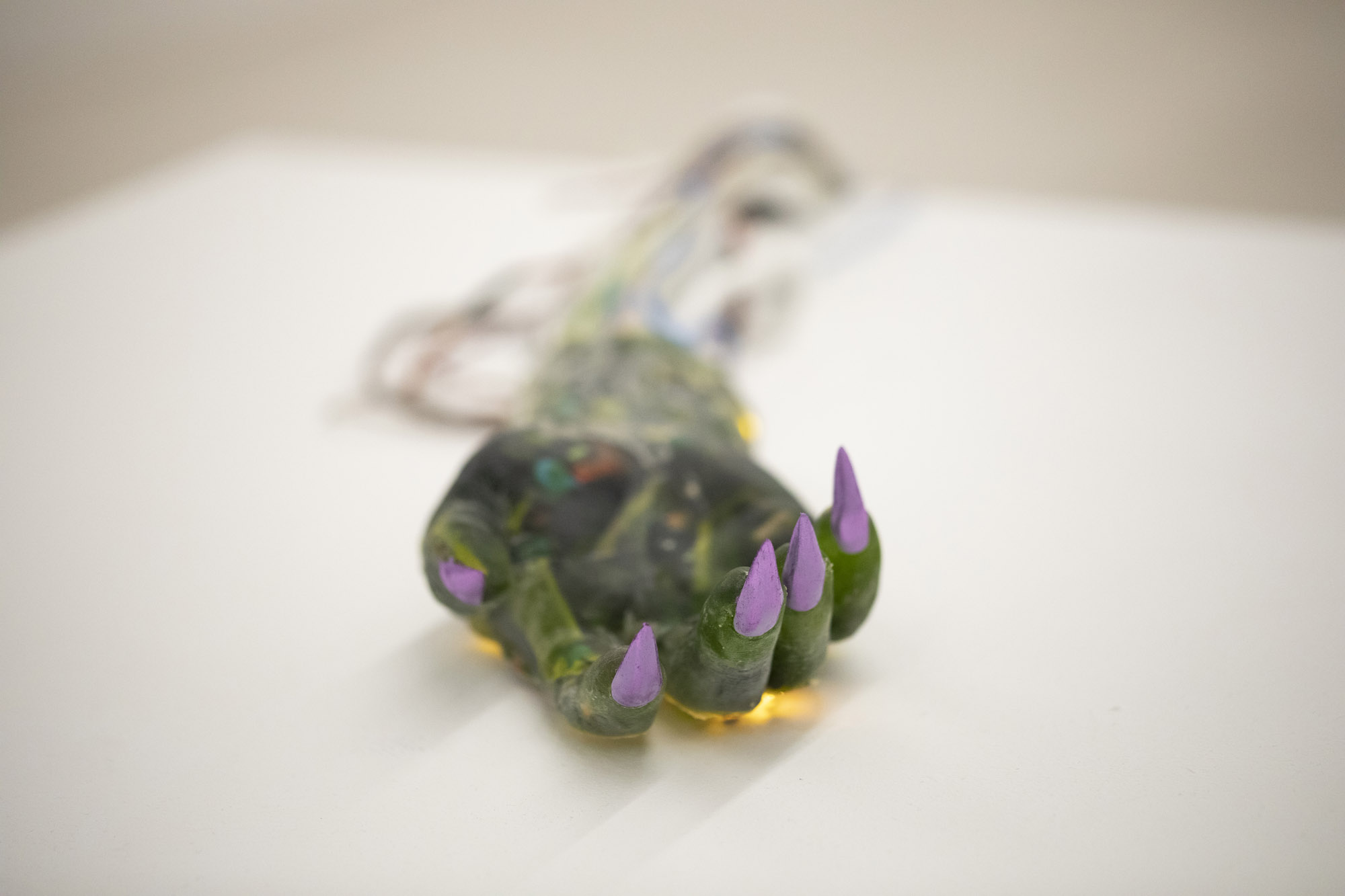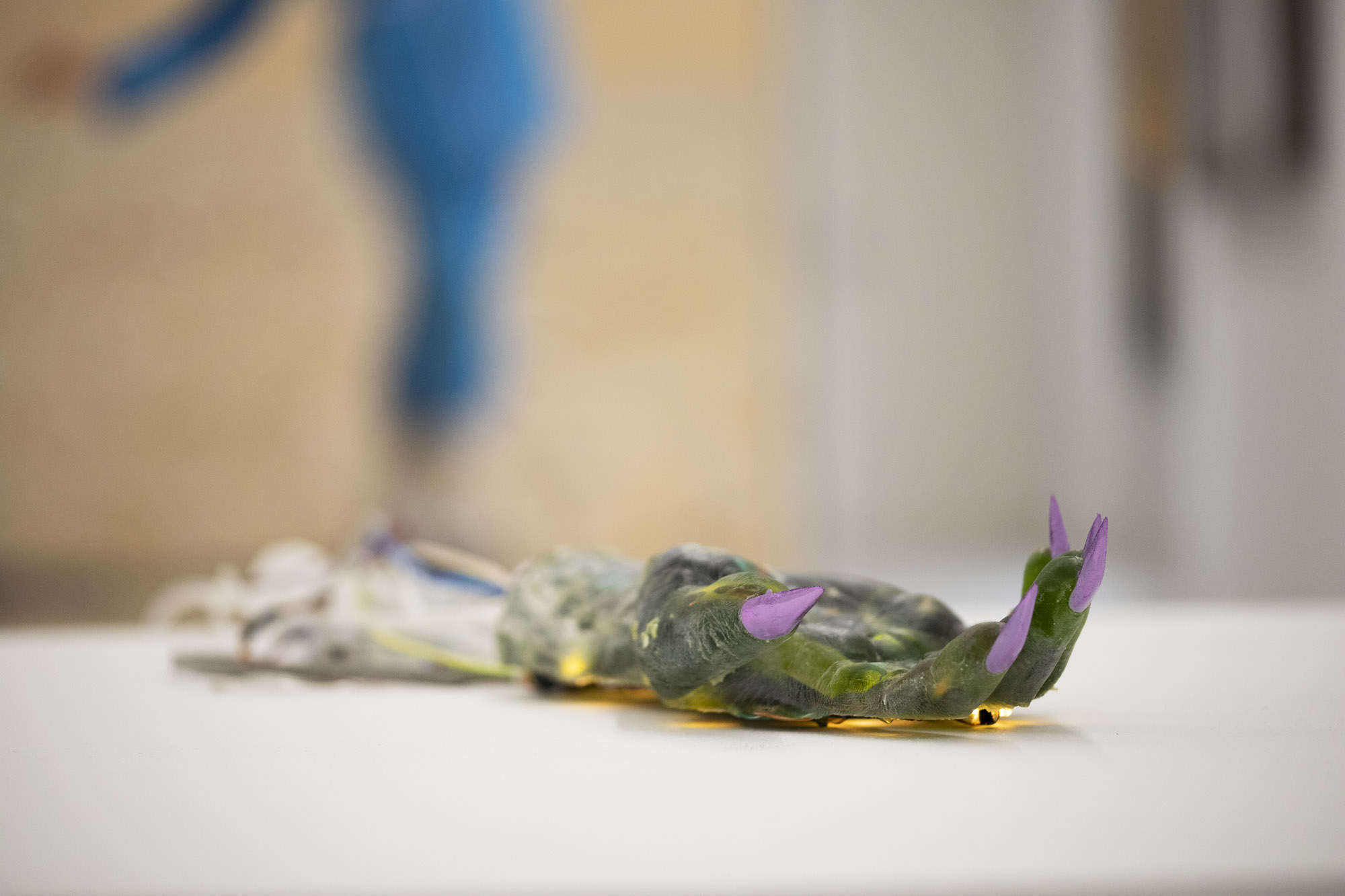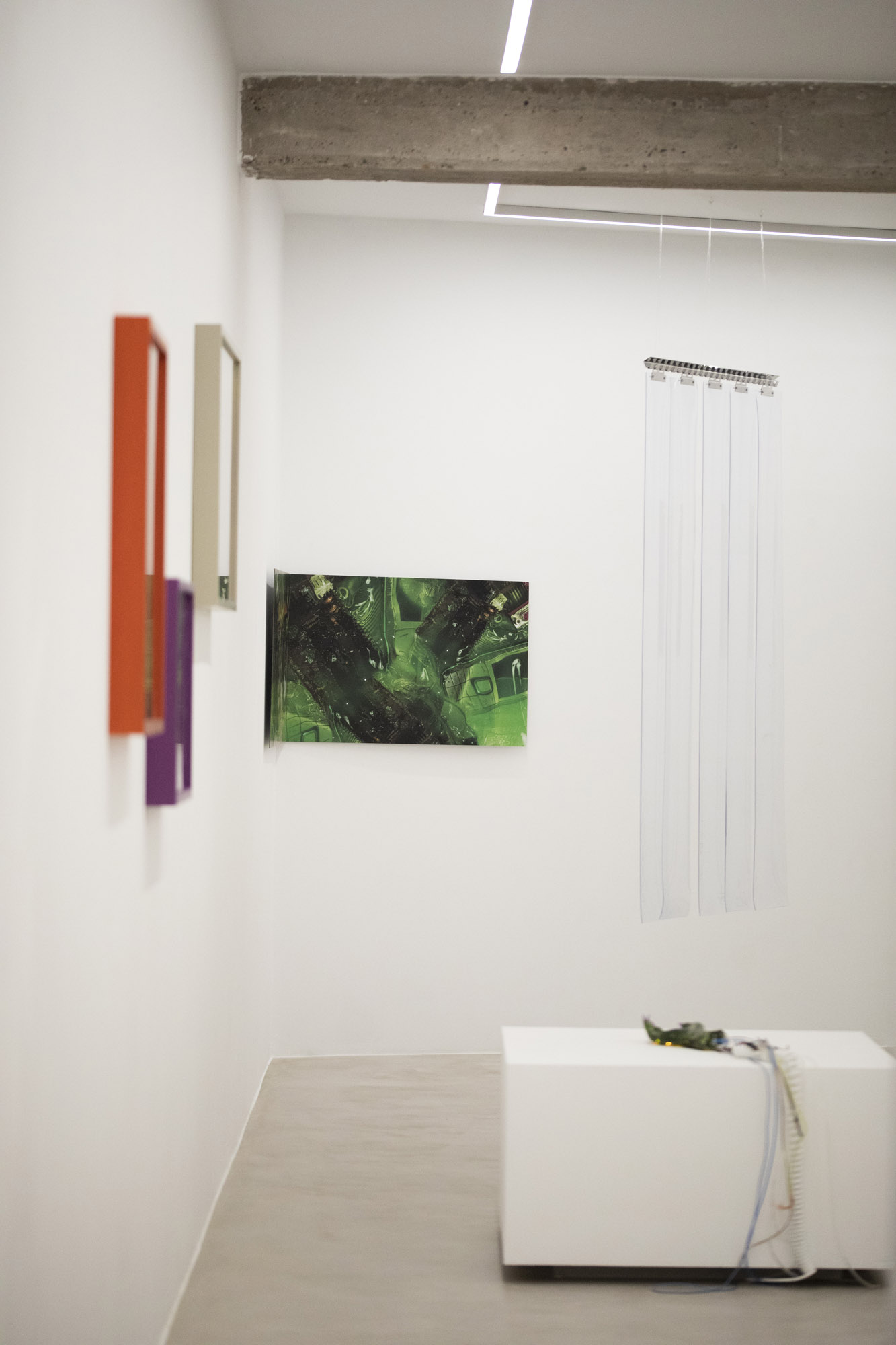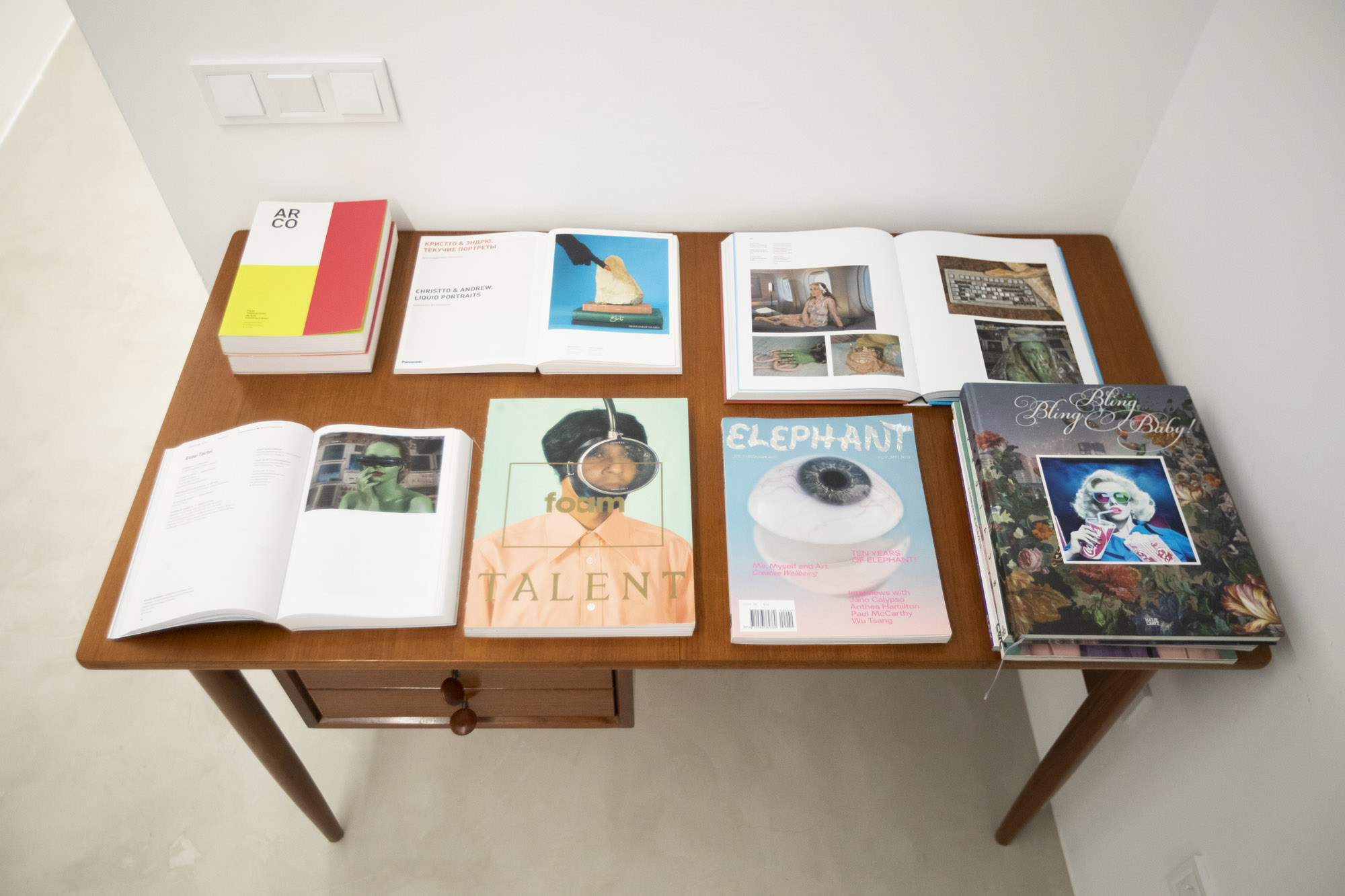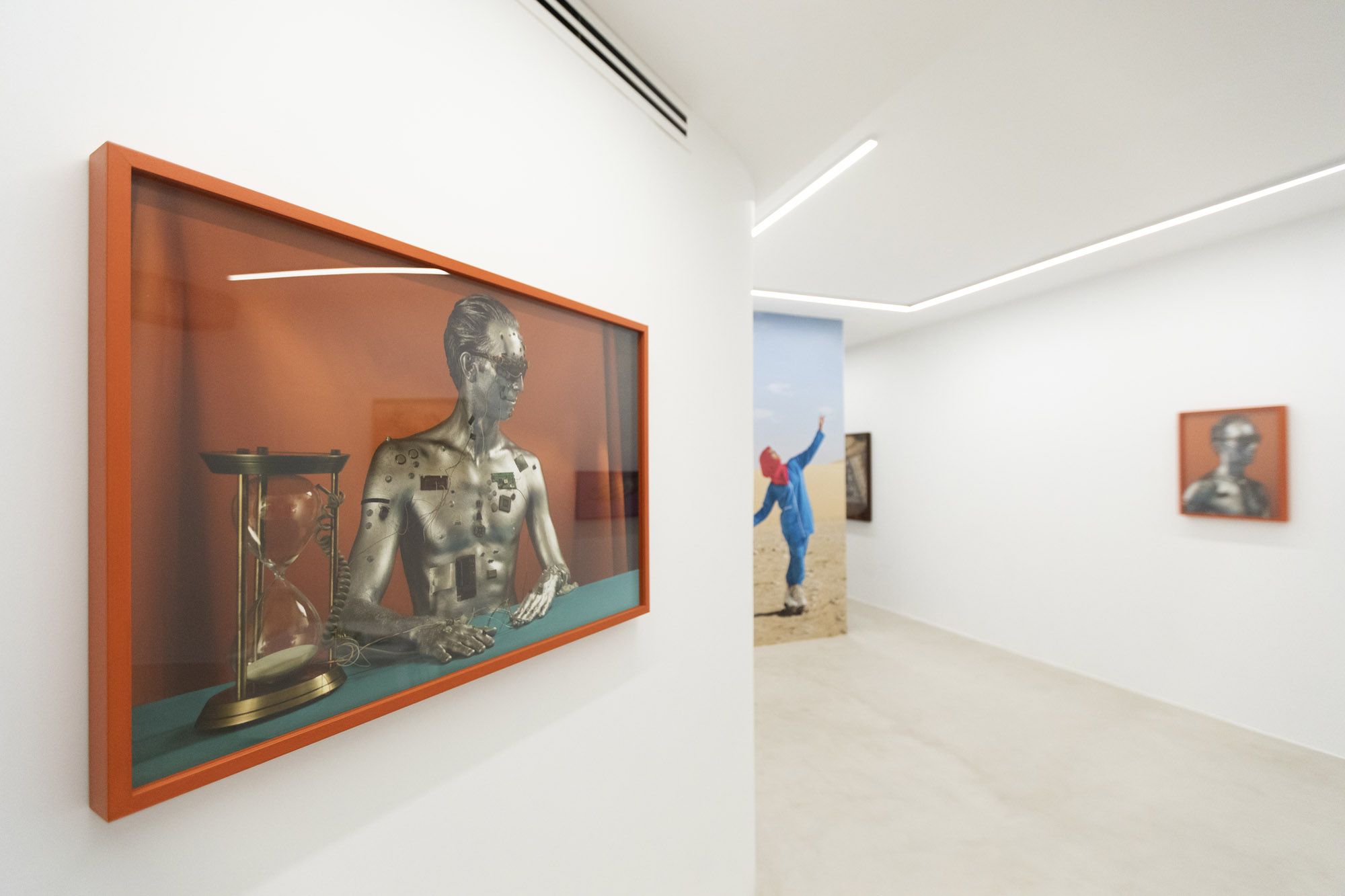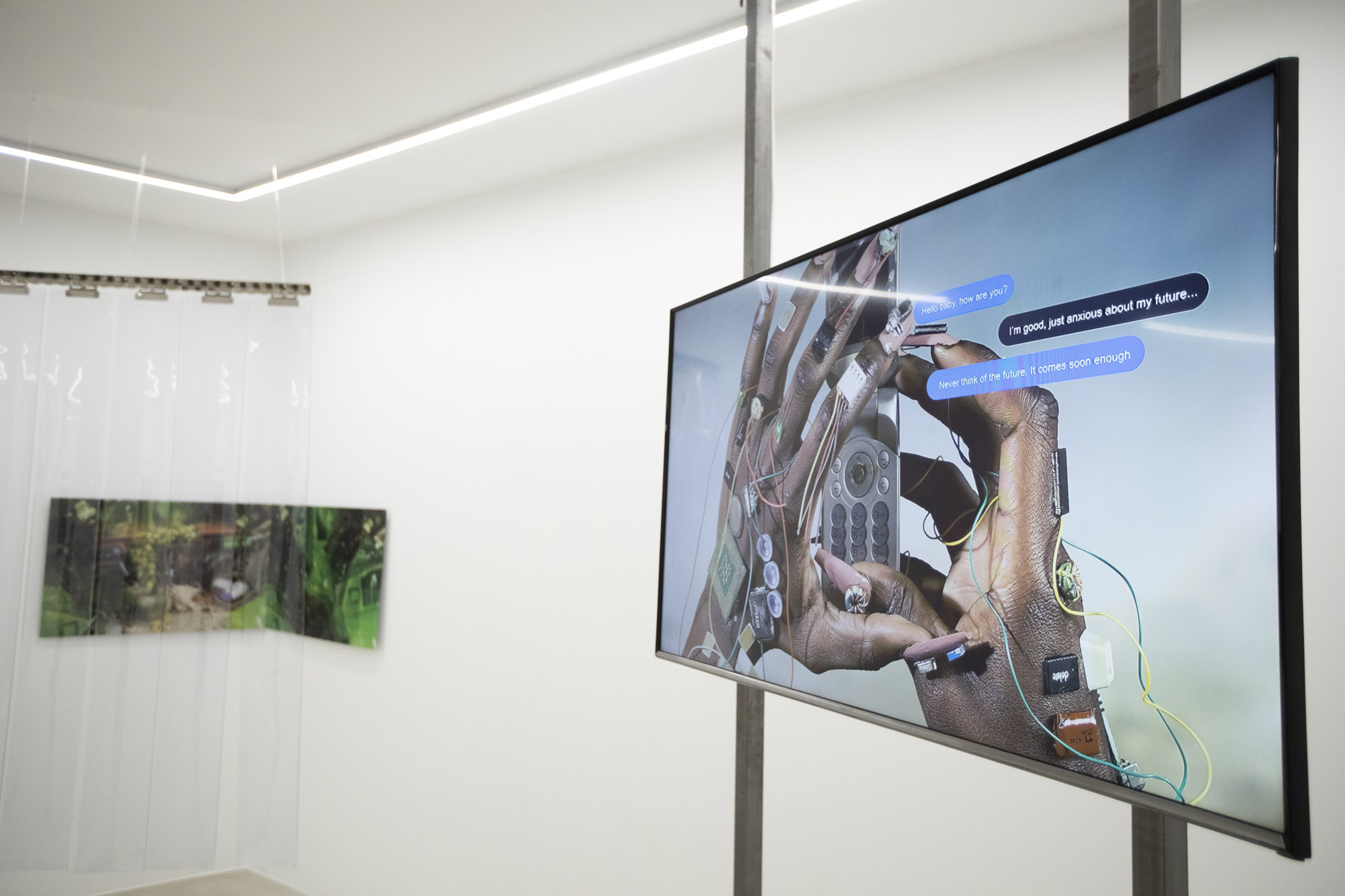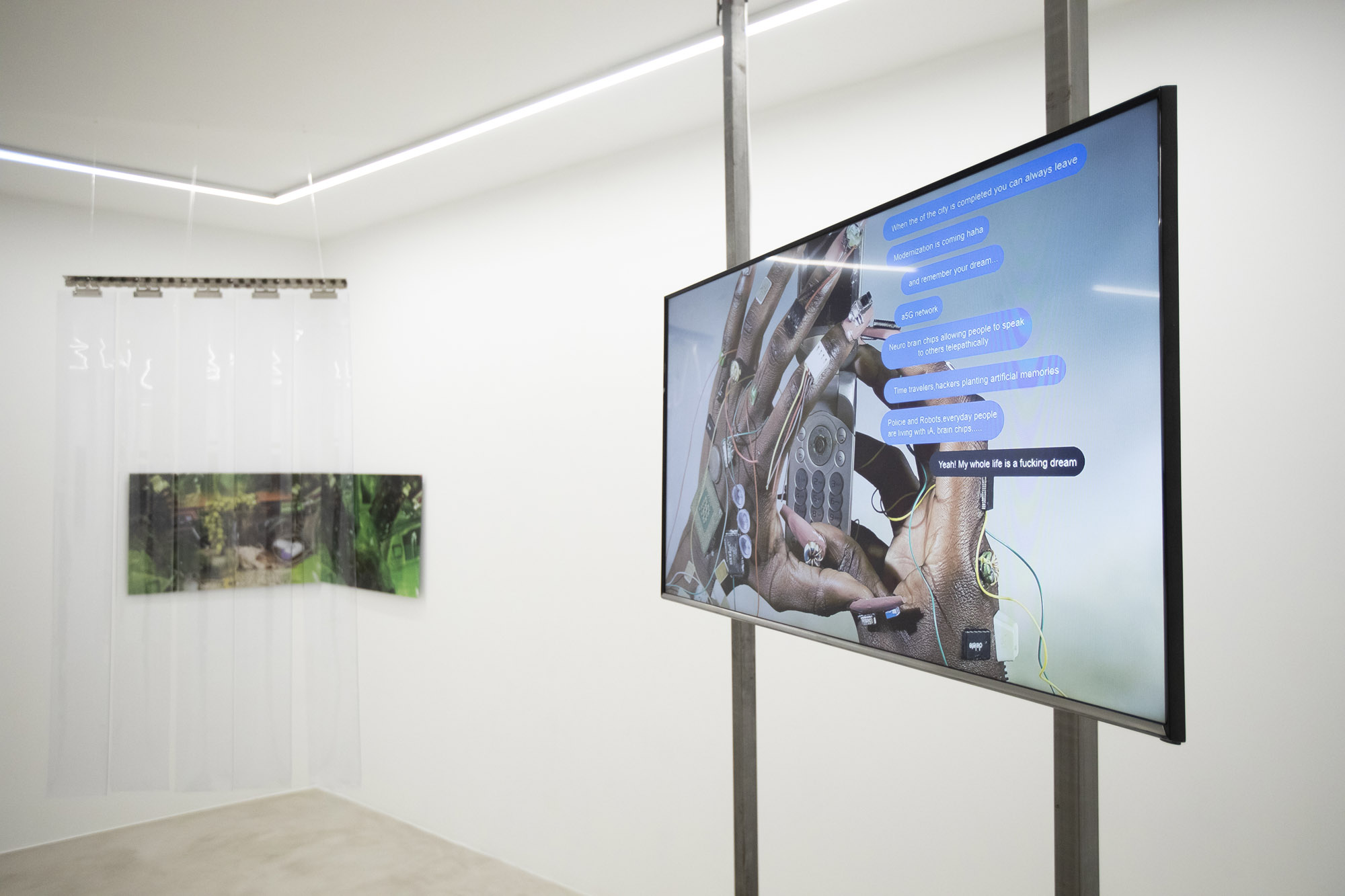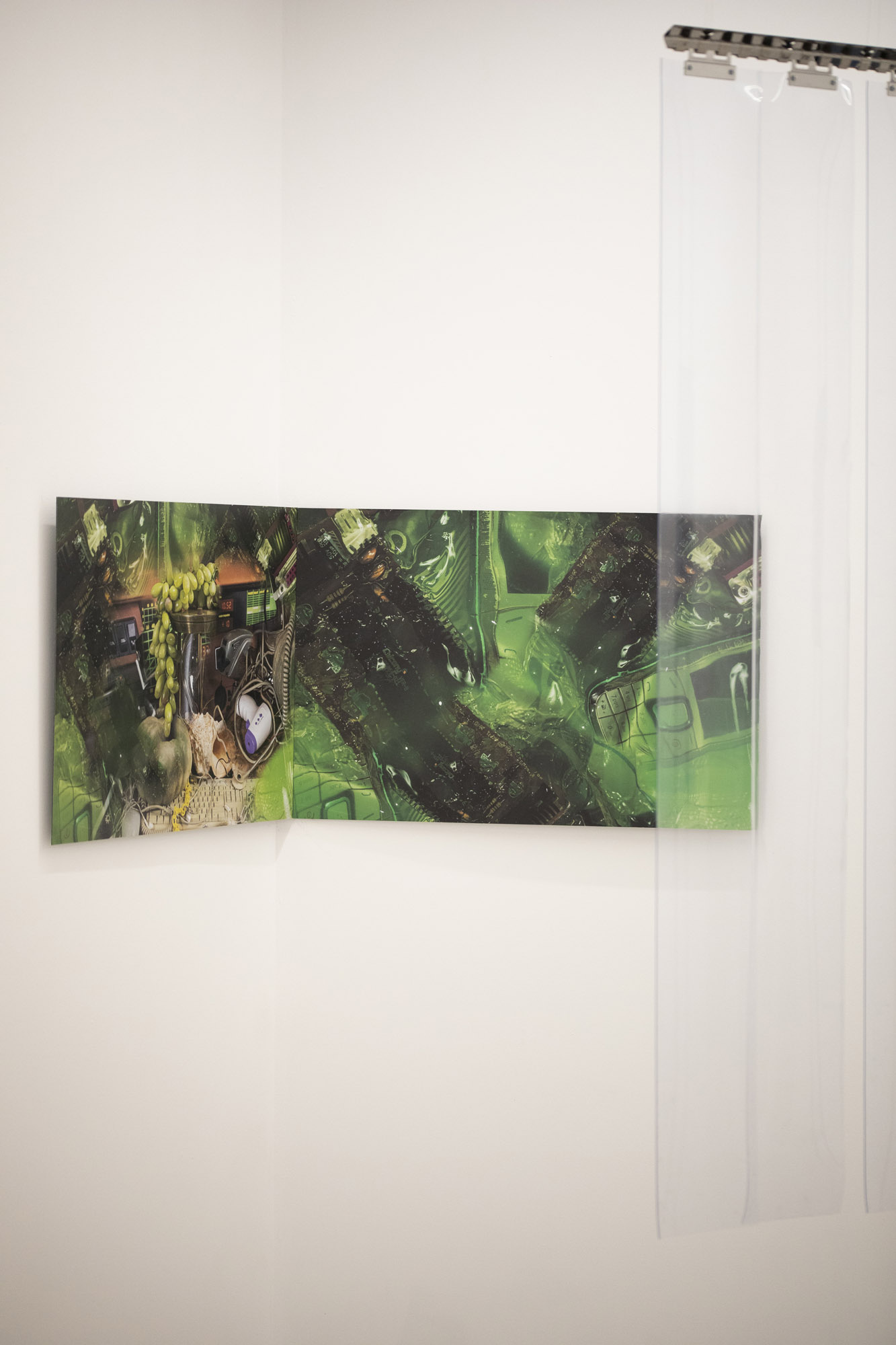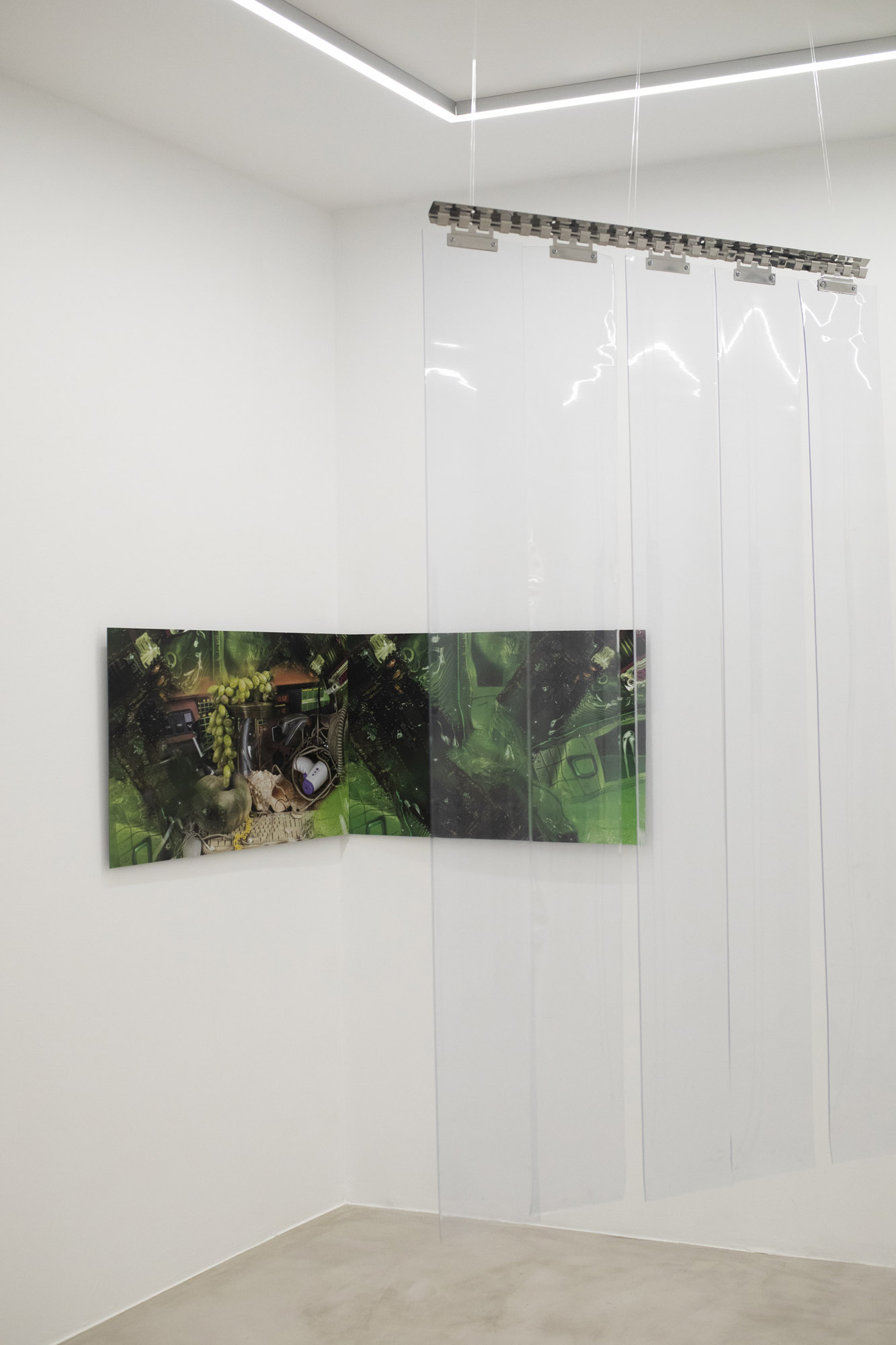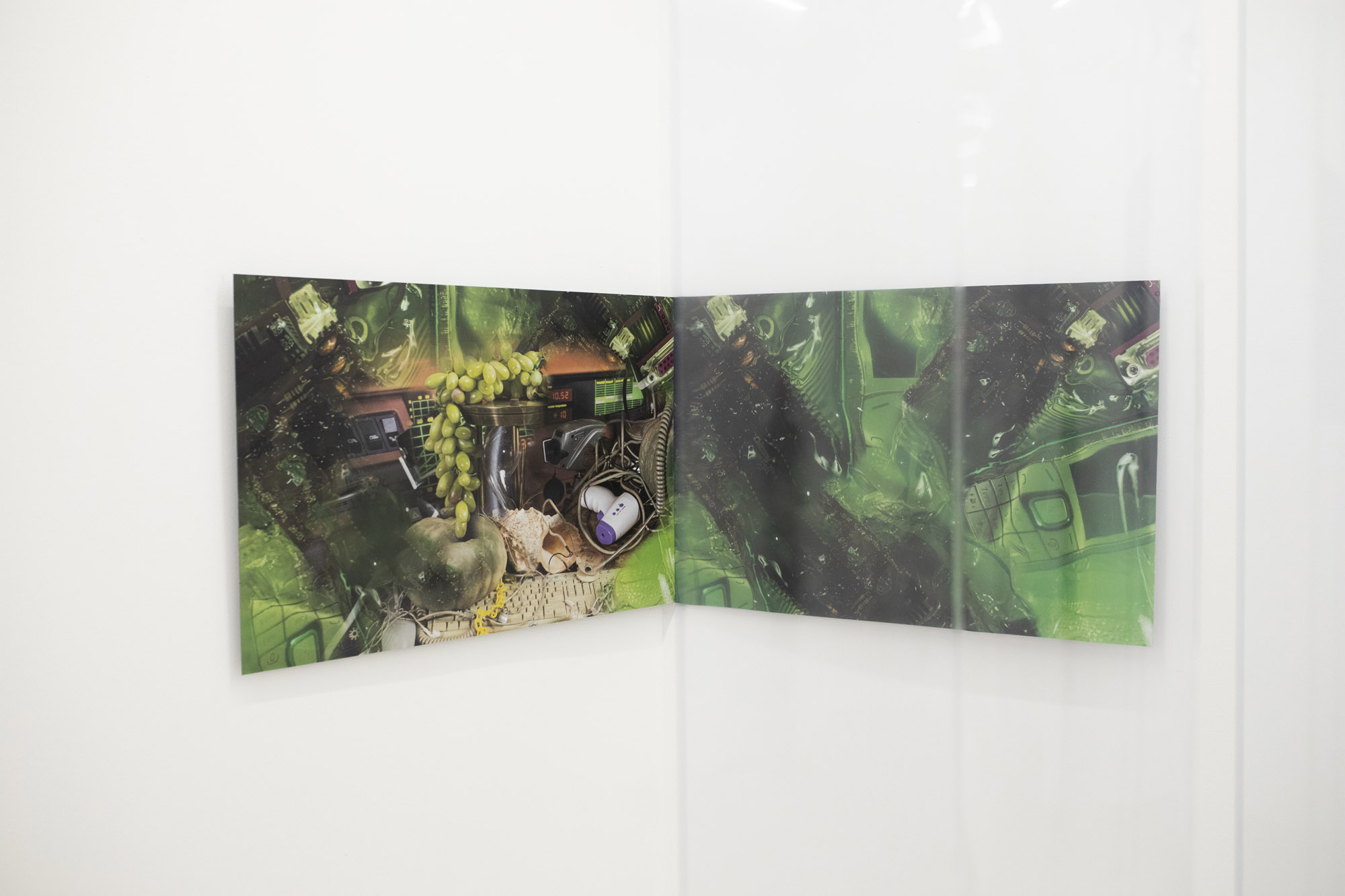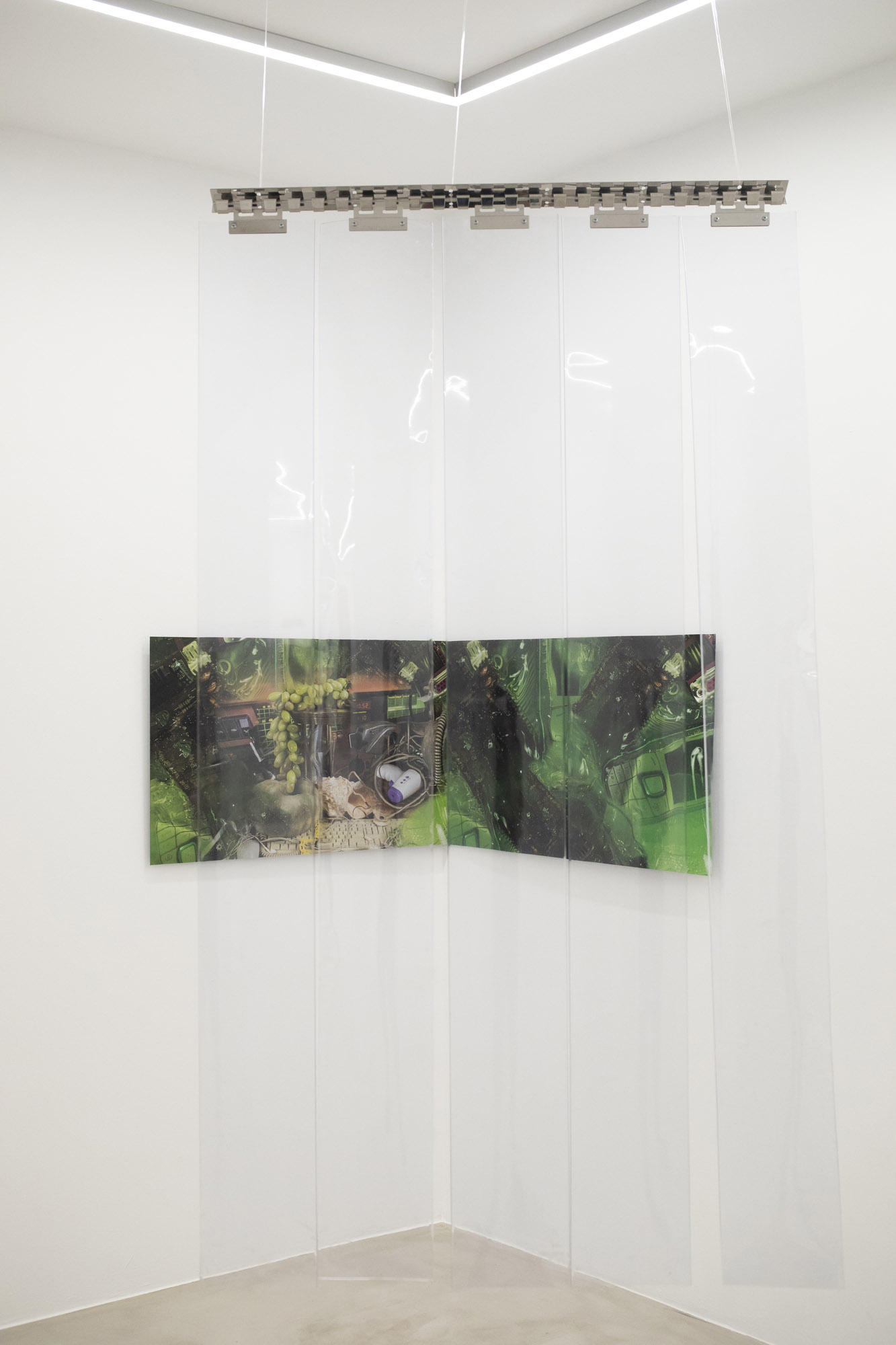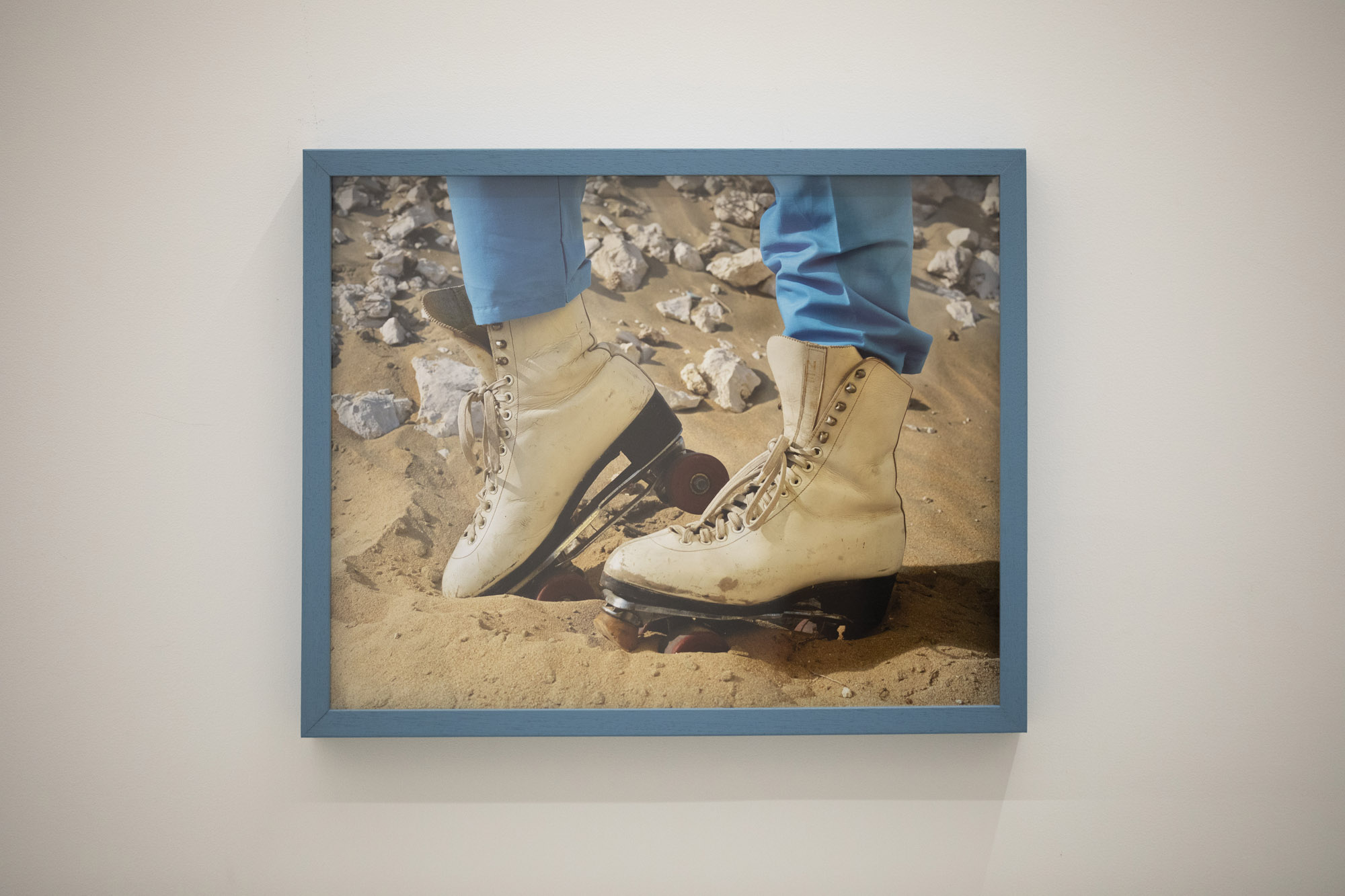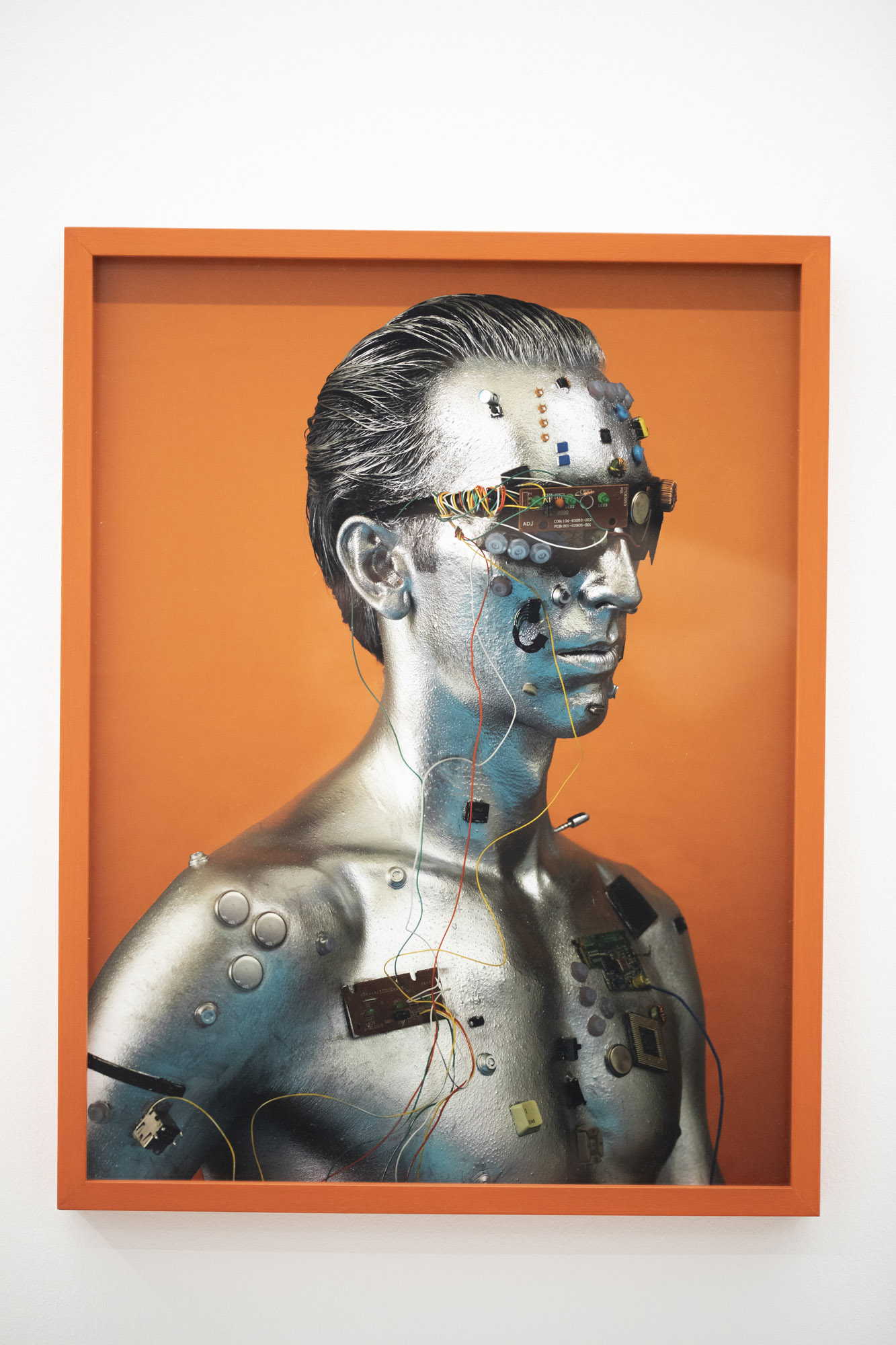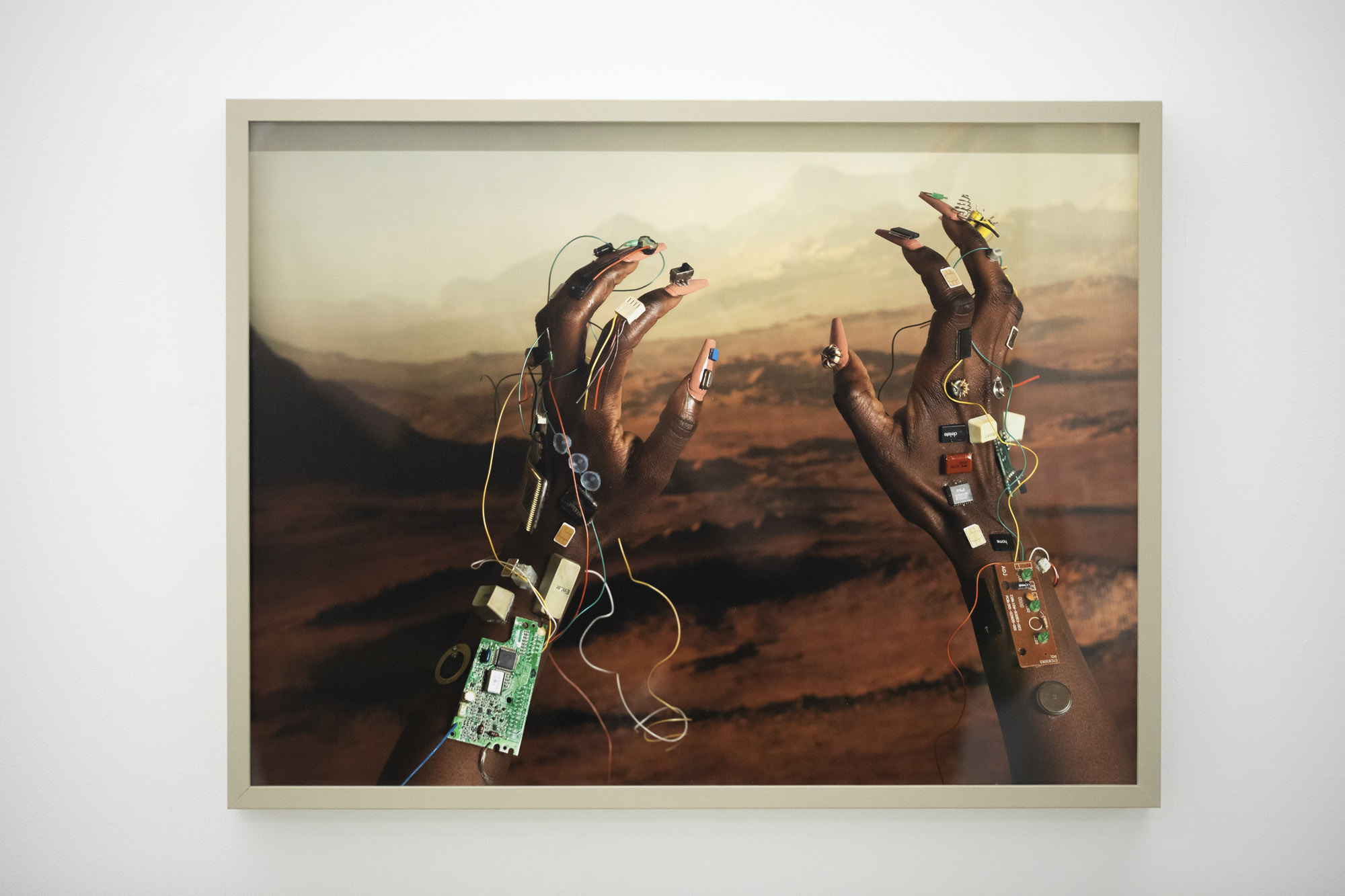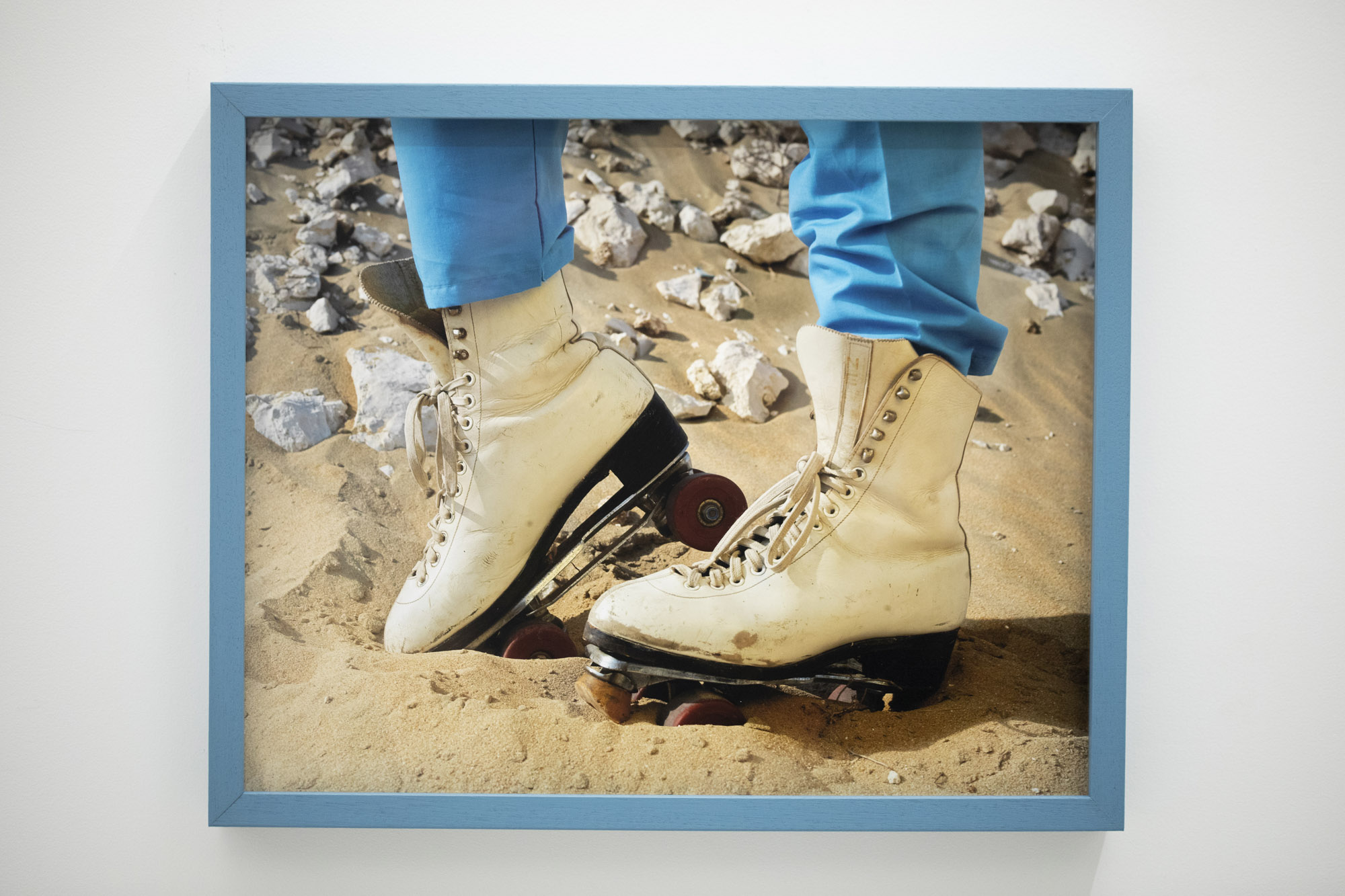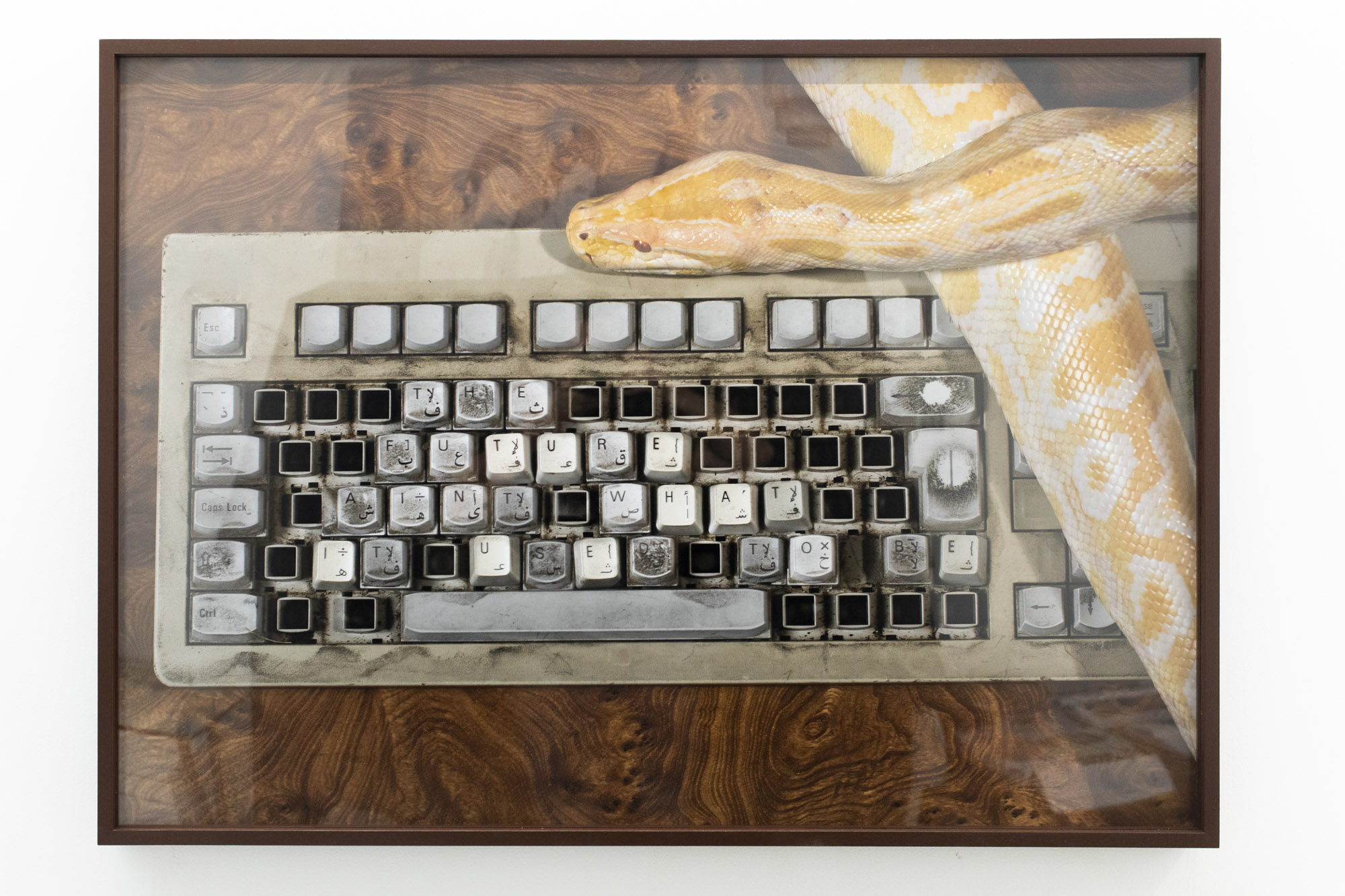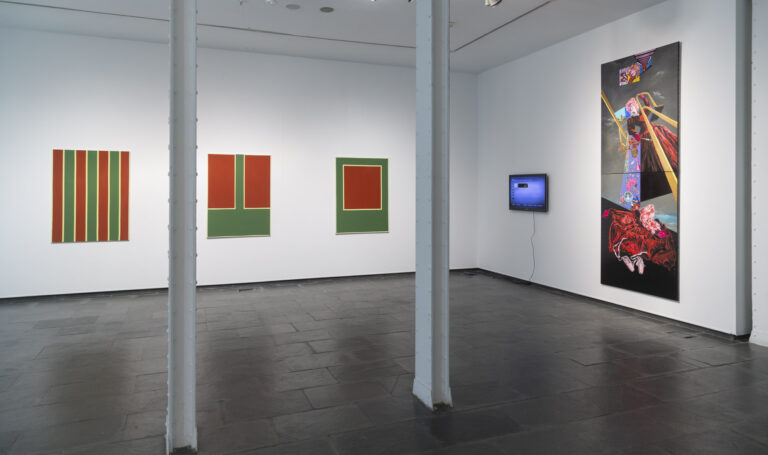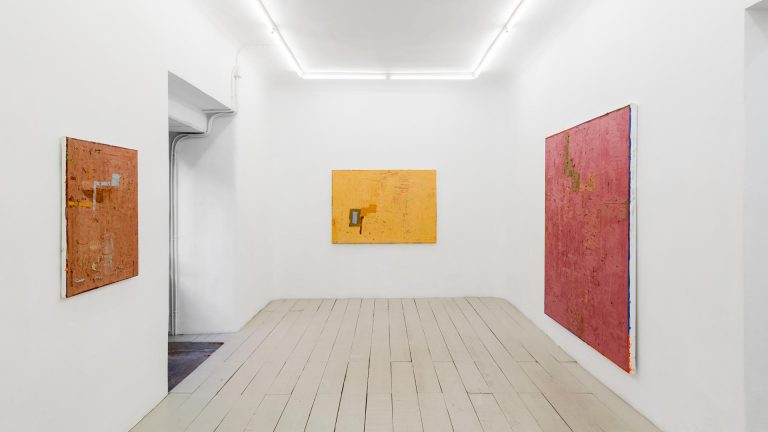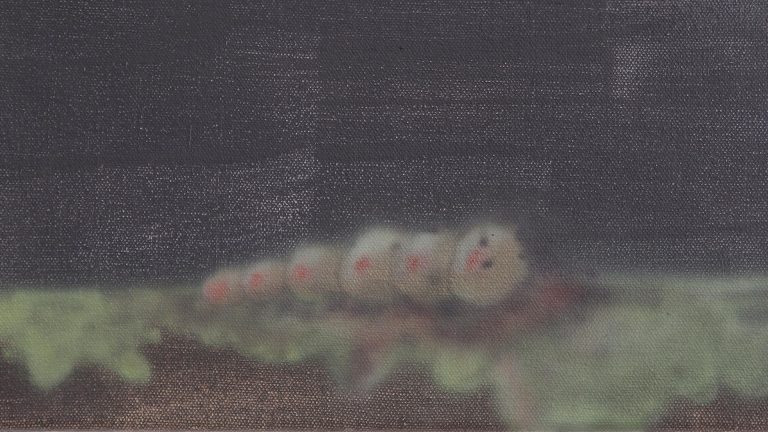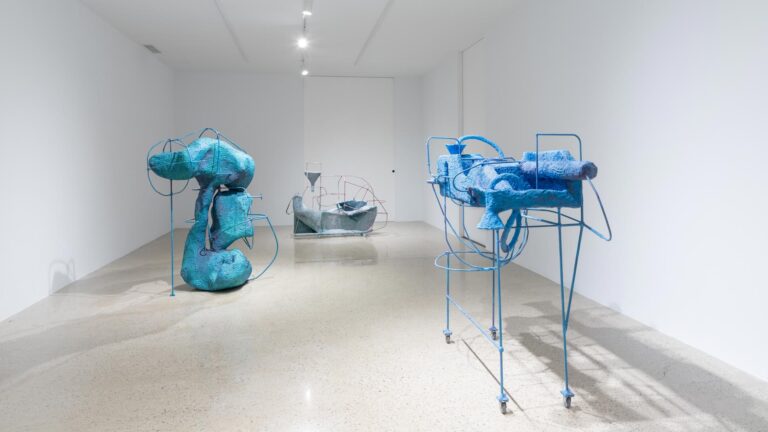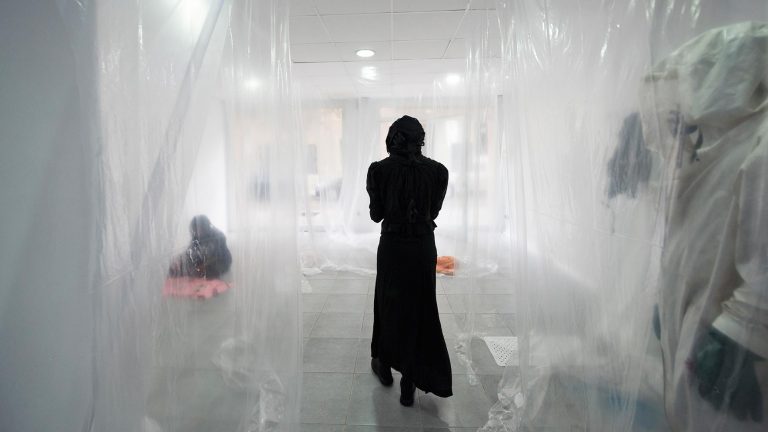Artists: Christto & Andrew
Exhibition title: 2022
Venue: House of Chappaz, Valencia, Spain
Date: June 10 – August 5, 2022
Photography: all images copyright and courtesy of the artist and House of Chappaz, Valencia
AFTER FUTUROLOGY
“More than one still expects something from the future.”
Ossip.K FLECHTHEIM,Ist die Zukunft noch zu retten?, 1987.
“Was it the dear old future
that created the problems we face?”
Neil TENNANT, This used to be the Future, 2008
2022 is the name of the project that Christto & Andrew (Christto Sanz, San Juan, Puerto Rico, 1985 and Andrew Weir, Johannesburg, South Africa, 1987) will present on June 10, 2022 at House of Chappaz. Probably by the time you read this, this future will also be the past.
Inhabiting the gap between the past and the future implies constructing our existence in a historical present projected from past events. This discourse also configures aesthetic and imaginary devices that are still reflections of the moment in which they were conceived.
From these, the pair of artists reinterprets these imaginaries in new images, a nostalgic approach to other futures centered on the decades of the sixties and eighties of the last century.
Flechtheim, who had coined the term futurology two years earlier, published Teaching the Future in 1945, and when reviewing his own work two decades later, he pointed out that technical advances made it possible to establish a high “degree of credibility and probability in forecasts”. In 1960, the future ceased to be something hypothetical to establish itself as a computable historical period, although the anticipatory gaze, which had previously been directed at centuries and millennia, was shortened to concentrate on the coming decades.
The sixties thus mark a transformation in the vision of the future, shortening its durability while shaping its verisimilitude. The eighties bring about a new change, the euromissile crisis standardizes an apocalyptic future based on self-extermination.
So it is not strange that, from today, these decades and their aesthetic imaginaries configure the turning points in the perception of the future that artists have wanted to emphasize.
“But even more so, when a photograph has been taken the photographer, on the one hand, and above all the apprehended object, on the other, “knew”, that they were working for the future. They were not unaware that they were addressing a stranger of the future, to whom they ask a simple but imperative thing, which belongs to the order of duty and therefore of the law: to name them.”
Jean-Louis Déotte, What is an aesthetic apparatus? Benjarmin, Lyotard, Ranciére, 2007.
It is not by chance that in order to project that past of the future, Christto & Andrew turn to photography. Since its birth as a technology to capture the present, the photographic image has been shaping our futures. If, as Jameson (2007) points out, our archaeologies of the future are constructed as a chimera, anchored in our systems of production, technological imaginaries are also aspects of this construct that we project.
Both the form and the substance of the 2022 project are nourished by the ruins of the future that are evidence of our experiences and desires. As in the sixties, our projection has shortened, as in the eighties, the forecasts are increasingly catastrophic.
It may be that, just as it began with the modern era, the idea of the future is over.
“If the past and the future did not become part of the present by the work of memory and intention, there was, in human terms, no way, no place to go.”
Ursula K. Le Guin, The Dispossessed, 1974
The world has already ended so many times, at least in the West. The Christian calendar has placed the end in the year 1000, in the year 1836, in 1844 or 2000. Scientists have given us a little more time, such as Meadows, who points to 2050 as the limit of civilization’s growth. The truth is that in almost all scenarios we are still living in borrowed time.
Even when we conceive of historical time in a cyclical way, we are still impressed by how events between the so-called First and Second World Wars are repeated as if they were a script to be followed.
Lucian Hölscher, in The Discovery of the Future, 1999, defines it as an invention, stating that “the ability to project into the future is no anthropological constant, (…) but a historically specific way of thinking.” It may be this historical notion that has excluded numerous collectives from thinking, and projecting, into the future.
“This way of seeing and thinking can lead to the emergence of a symbolic ideography.”
Aby Warburg, The Ritual of the Serpent, 1923.
If we take No to the Future. Queer Theory and the Death Drive by Lee Edelman, 2004, as an example that there is no imaginary and it is necessary to build utopias, and the words of Derek Jarman, in which he stated that he lived within a collective without history and, therefore, without a past, we are many people who are only allowed to live in the present. Individuals who inhabit the block universe, enunciated by Broad, can at least inhabit a present with a past but without a future.
Yet we have accepted the existence of other possible worlds, even though Fermi has already pointed out this paradox, embracing a memory of the future and welcoming with nostalgia those days we hope will come. Meanwhile, as so many other times, the world has ended and we can only contemplate some remnants, colorful photographs, of what we expected from it.
Eduardo García Nieto
Independent curator and teacher

